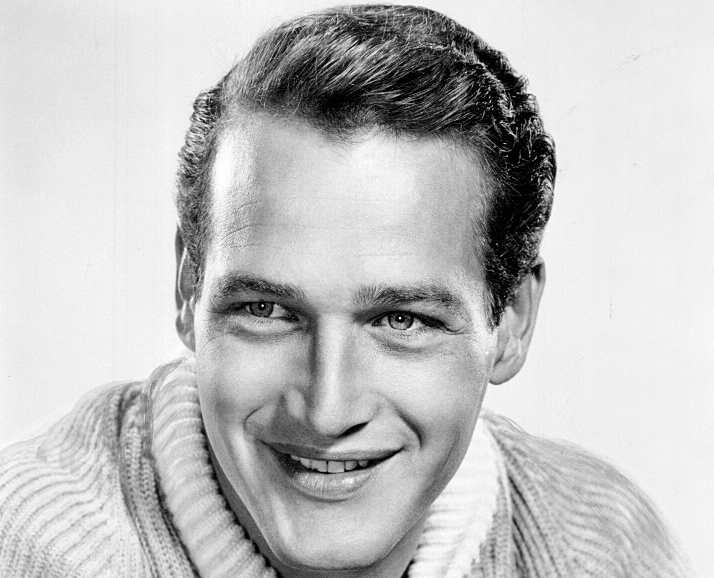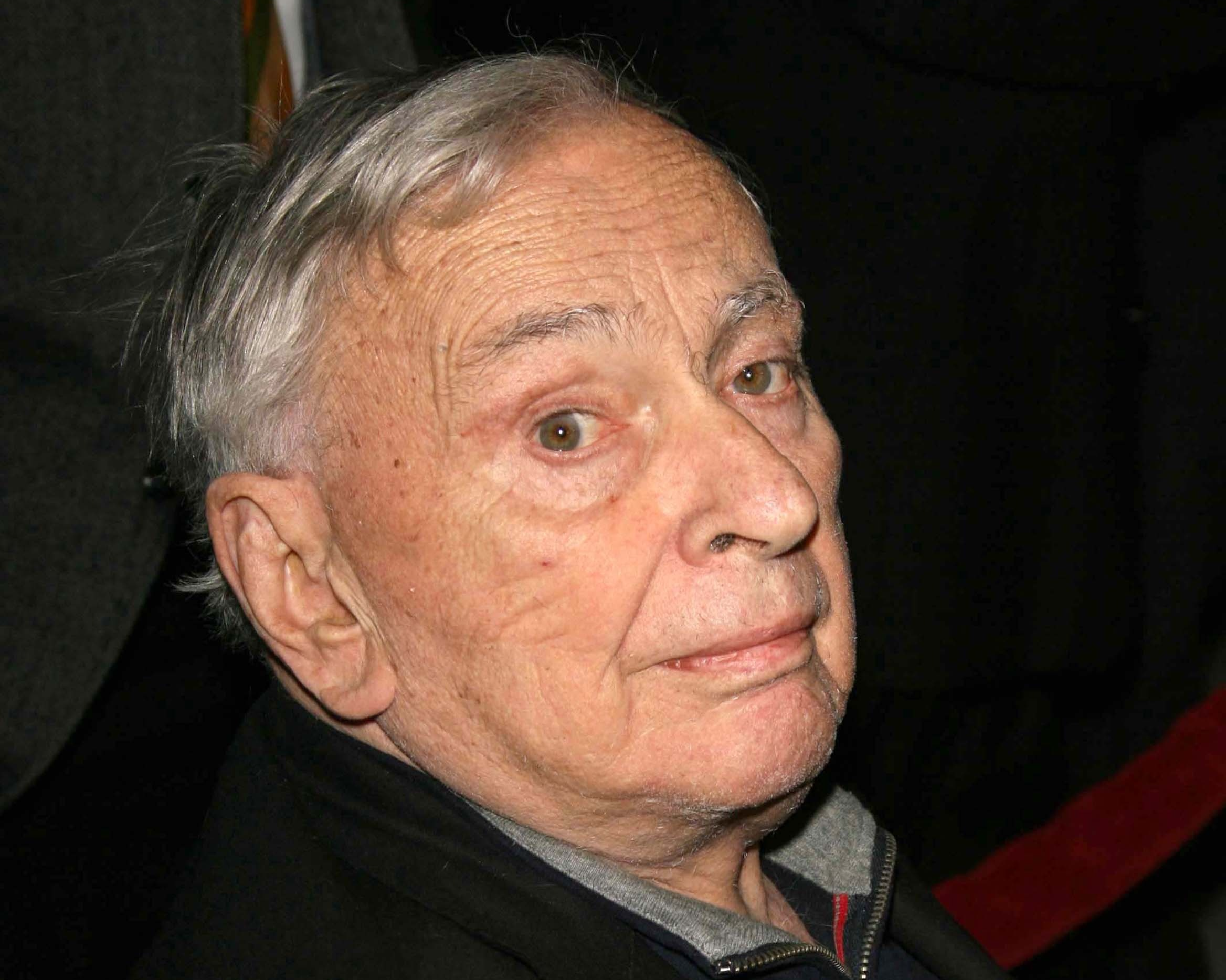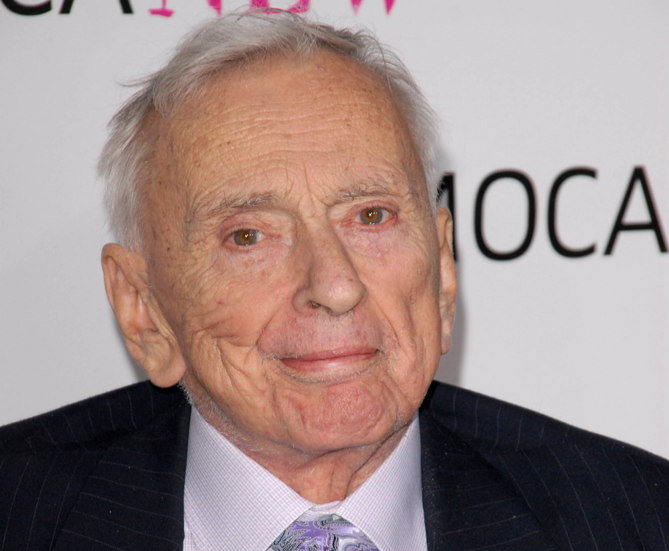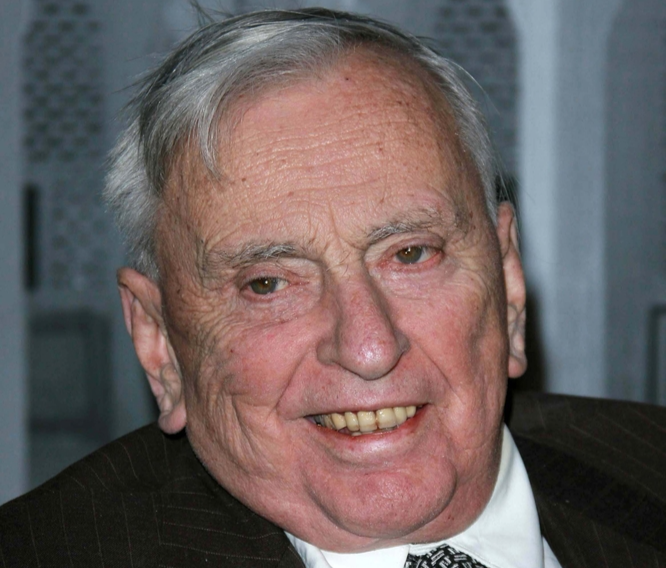Gore Vidal may have seemed progressive, and yet this wild child had the same partner for an astonishing 50 years! There was, however, something shocking about his relationship, and it’s the last thing you’d expect.
1. He Had An Angel
Gore Vidal ripped into American culture as if it were a hobby. He collected enemies like jewels on a bracelet. And then there was his largest collection: hot Italian men. At the center of this fully lived life he had two very dominant figures: one was a blessed angel and the other...not so much. Let’s tear through these facts and see what made Gore Vidal a man that America feared.
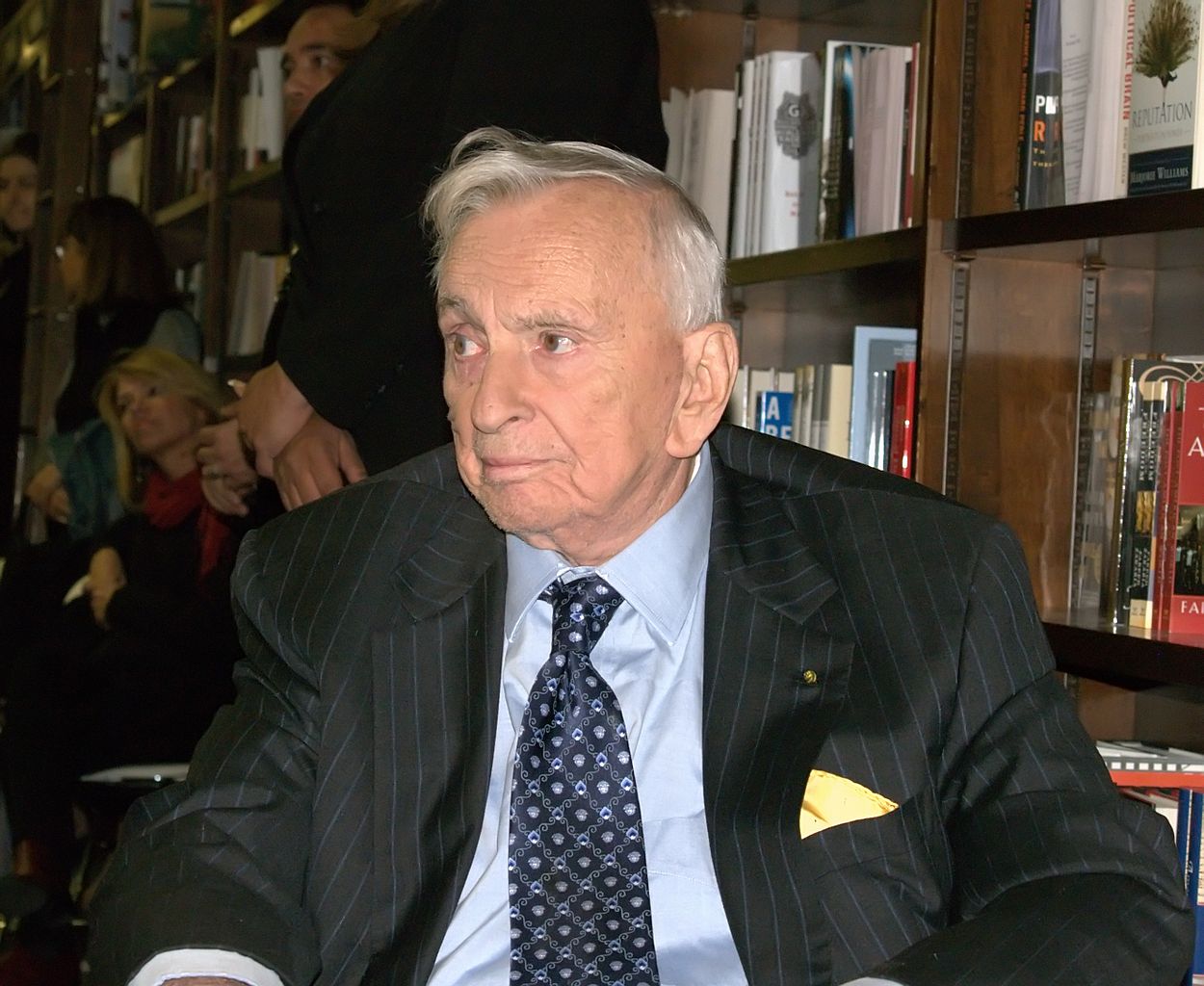 David Shankbone, CC BY 3.0, Wikimedia Commons
David Shankbone, CC BY 3.0, Wikimedia Commons
2. It Was A Mistake From The Start
Gore Vidal was born on October 3, 1925 at the US military Academy in West Point, New York and a problem arose immediately. Vidal’s father—an aeronautics instructor—was on hand to fill out the forms, but his pencil stopped when it came to the name for his baby boy. He knew he wanted to name the kid after himself, but there was one mystifying problem: He couldn’t remember his own name. He knew it was either Eugene Luthor or Eugene Louis.
He chose the second one—and he chose wrong.
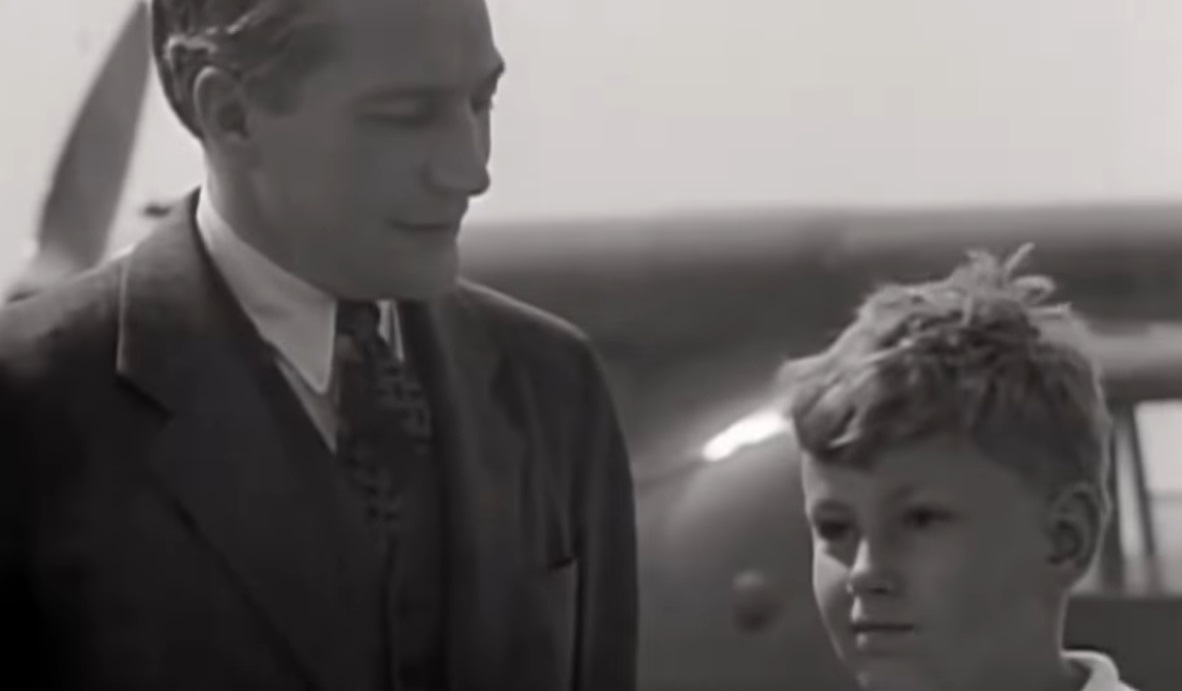 Audax Films, Gore Vidal: The United States of Amnesia (2013)
Audax Films, Gore Vidal: The United States of Amnesia (2013)
3. He Was Fed Up
Dad, obviously completely humiliated by his error, corrected his son’s name to Eugene Luther Vidal Jr. The name changing debacle, however, was far from over. At his christening 13 years later, for some reason they decided to add Vidal’s mother’s maiden name to his moniker: Gore. Just one year later, Vidal slammed his own foot down about his name. He demanded a name that would sound good if he ever became a writer or a politician. The teenager deleted the first two names and just stuck with Gore Vidal.
So, why was settling on a name so difficult? Because the Vidal family was a complete mess.
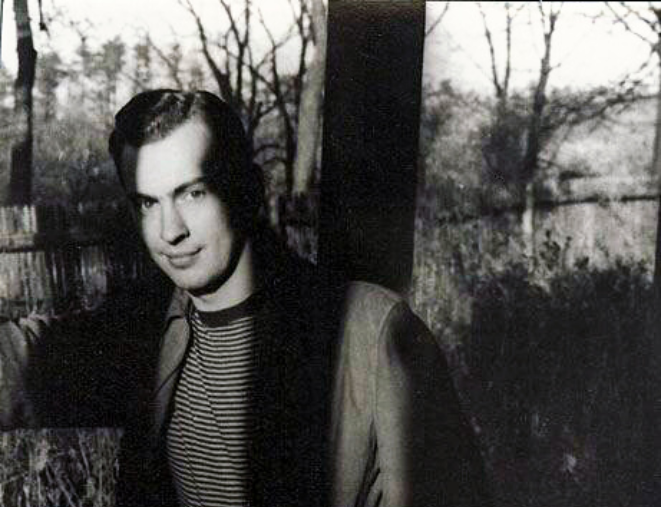 Carl Van Vechten, Wikimedia Commons
Carl Van Vechten, Wikimedia Commons
4. His Dad Had A Secret
From the outside, the Vidals seemed like a perfect family. Inside, the family it was something completely different. Vidal had to grow up knowing that his father had a not so secret lover: and she was famous. His lover was the “soon to disappear forever” pilot Amelia Earhart.
Dad even shamelessly took young Vidal on some of his dates. Surprisingly, Vidal would share and write poetry with Earhart. It made you wonder who was dating who?
Vidal begged and pleaded his father to marry Earhart and make her his mother. Why? Because he detested his actual mother.
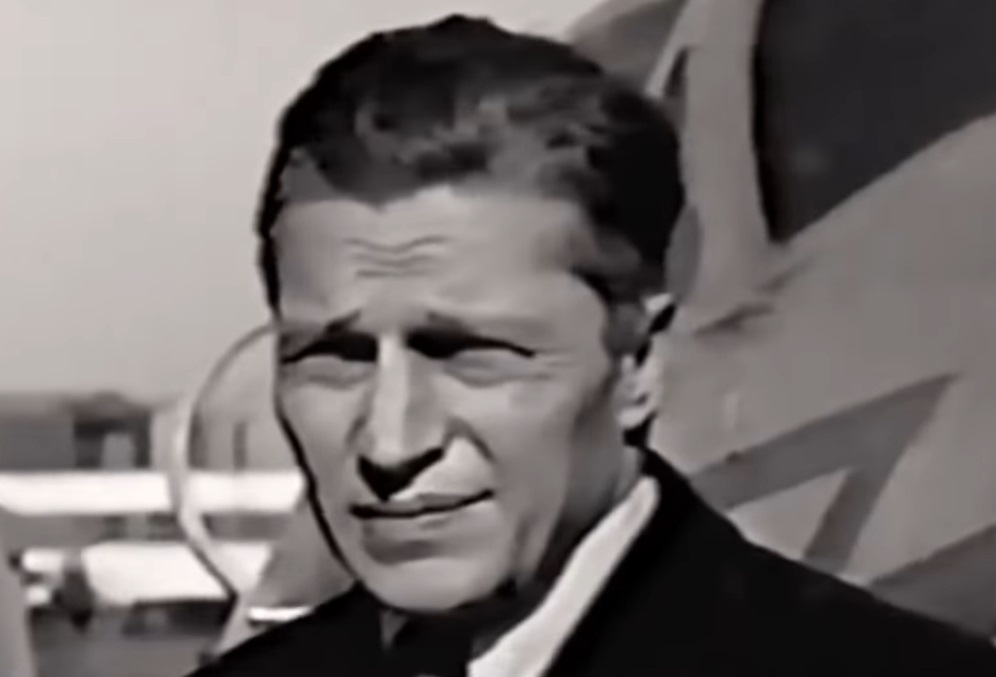 Audax Films, Gore Vidal: The United States of Amnesia (2013)
Audax Films, Gore Vidal: The United States of Amnesia (2013)
5. His Mother Was A Monster
If you think Vidal could turn to his mother for consistency, think again. Like his father, Vidal’s mother, Nina Gore also had a famous lover—and it was a doozy: heartthrob movie star Clark Gable. But this wasn’t what made her a monster.
The problem was Vidal’s hobby. When he showed an interest in writing, Nina Vidal lost her mind over it. She went into a fury when he went into a room to write, insulting her own son behind his back. Now add to this a severe problem with booze, and you can easily understand why Vidal called his mother the “worst person ever”.
No surprise here: Vidal's parents got a divorce when he was just 10 years old. He needed somewhere to escape his horrid home life: How about Europe?
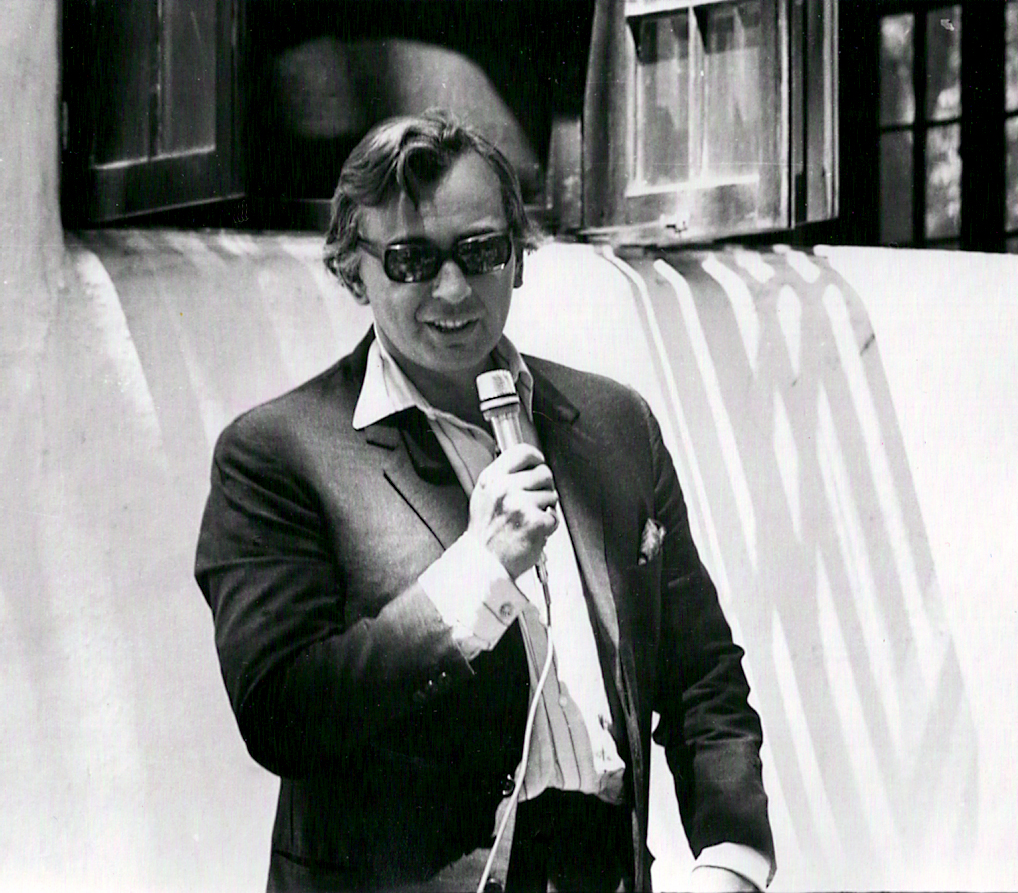 Susmart, CC BY-SA 3.0, Wikimedia Commons
Susmart, CC BY-SA 3.0, Wikimedia Commons
6. He Was Mesmerized
Vidal’s family lived in Washington DC, so he went to an exclusive Quaker school called Sidwell Friends School. In 1939, the school took Vidal on a very ambitious—and ridiculously expensive—school trip: to Italy and France. One stop on the tour was Rome, and young Vidal was suddenly mesmerized—and it wasn’t just a passing fancy. The eternal city would later appear in many of Vidal’s works and also become a carnal playground for the adult Vidal.
Back in 1939, however, things in Europe were heating up, and Vidal's lovely vacation was no longer safe.
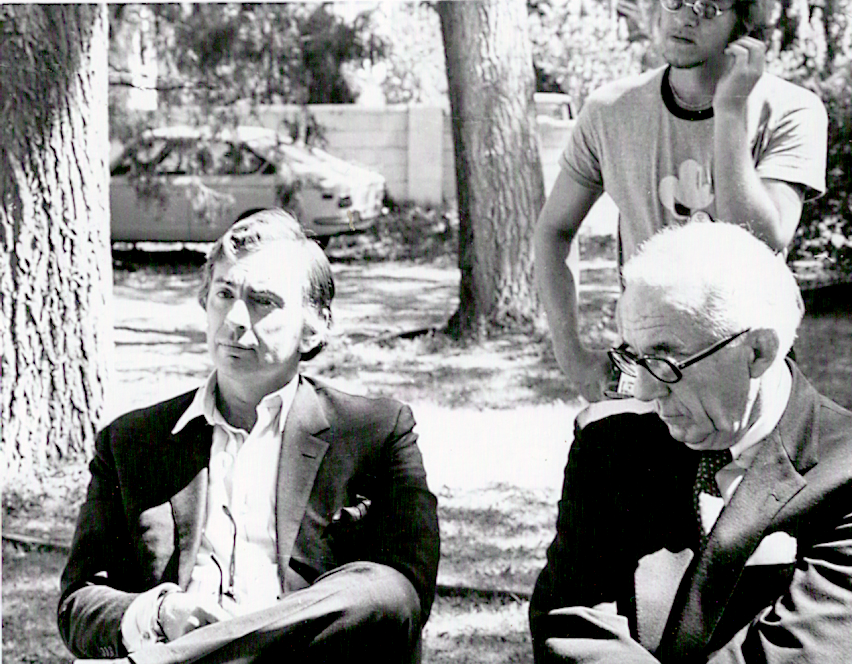 Susmart, CC BY-SA 3.0, Wikimedia Commons
Susmart, CC BY-SA 3.0, Wikimedia Commons
7. He Had To Escape
Vidal was living the high life in Europe but in September, 1939, this fairy tale came to an abrupt and chilling end. WWII had started and the vulnerable school group had to get themselves back to the safety of the states. The group of schoolchildren narrowly avoided certain disaster, but did make it safely back to America.
Vidal had seen Europe and he’d tasted fear—now he was ready to write about it.
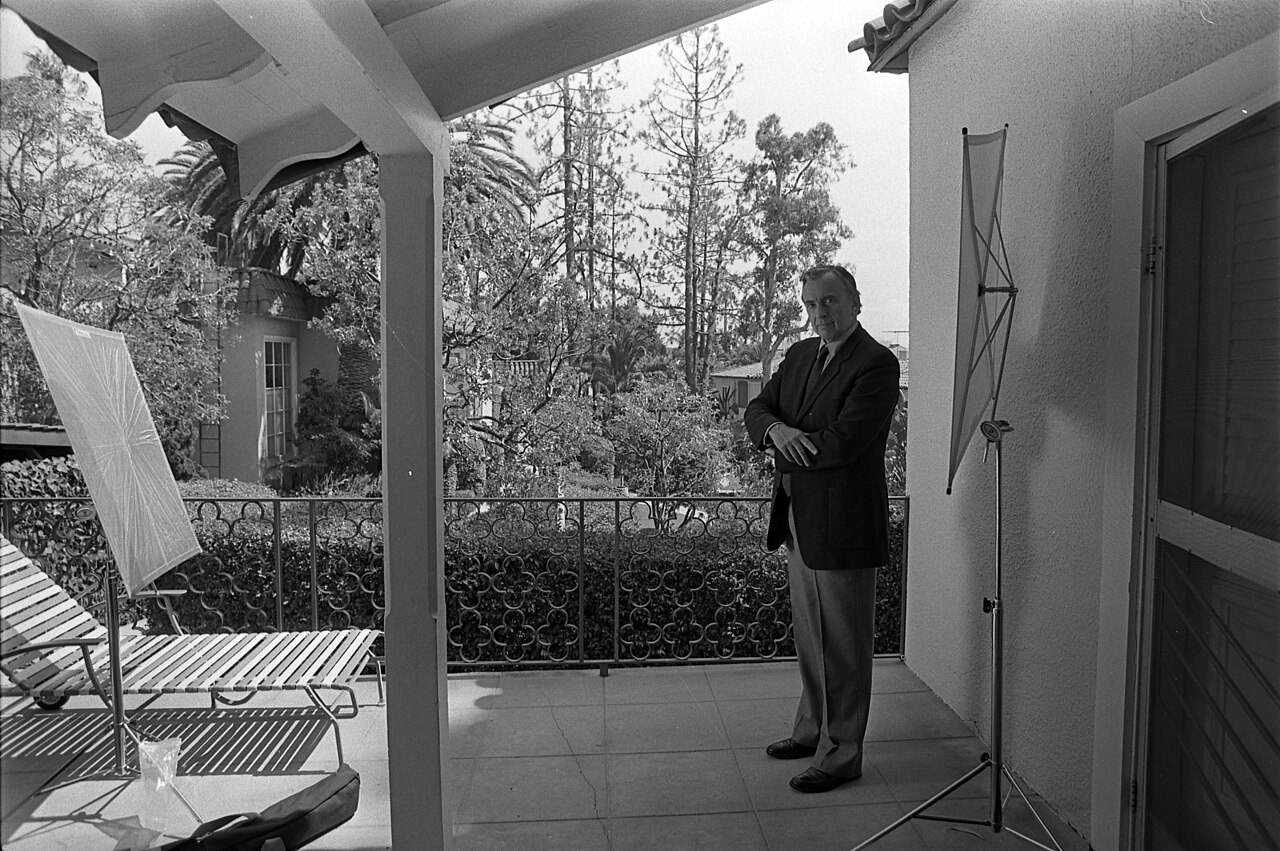 Los Angeles Times, CC BY 4.0, Wikimedia Commons
Los Angeles Times, CC BY 4.0, Wikimedia Commons
8. He Signed Up
Before Vidal could start writing, he needed an education. The family obviously came from money, so when it came time to choose Vidal’s college, you can imagine that his parents were considering only the best schools. That, however, didn’t happen.
For some reason, when he was 17 years old, Vidal did something you wouldn’t expect a privileged rich kid to do: He signed up for the army. He worked as a clerk at the Air Force and then moved up to warrant officer for the Transportation Corps.
And how did a young man with a charmed background adjust to army life? Let’s just say: not very well.
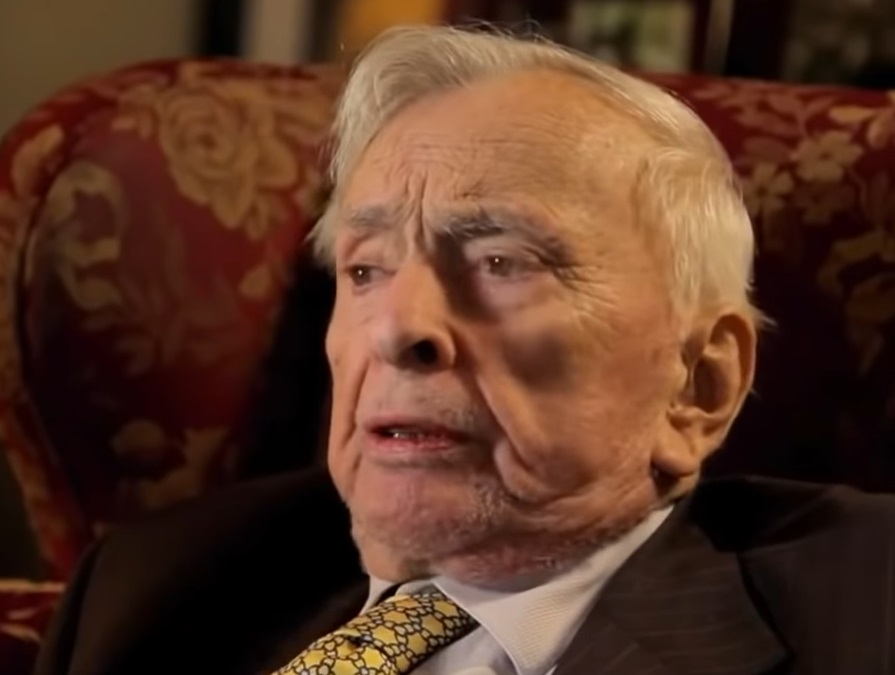 Audax Films, Gore Vidal: The United States of Amnesia (2013)
Audax Films, Gore Vidal: The United States of Amnesia (2013)
9. He Suffered Terribly
Vidal lasted three years in the army, but during the third he came down with two problems: hypothermia and arthritis. His army superiors weren't big on pity, and they didn’t care that Vidal came from a rich background, so they demoted him: they demoted him big time.
They made him the lowest of the low: a mess officer. To say Vidal was unhappy is a huge understatement. Luckily, he had something to fall back on: writing.
 Audax Films, Gore Vidal: The United States of Amnesia (2013)
Audax Films, Gore Vidal: The United States of Amnesia (2013)

Sign up to our newsletter.
History’s most fascinating stories and darkest secrets, delivered to your inbox daily. Making distraction rewarding since 2017.
10. He Was Just 19
What were you doing when you were 19? Well, Vidal was busy putting out his first novel. He used his experience with the army to write the WWII thriller Williwaw. Reviews for the teenage writer’s first novel were surprisingly positive. The New York Times decided that “he should…go far indeed”. Well, Vidal did go far.
In fact, some say his following novels went way too far: all the way to something called bad taste.
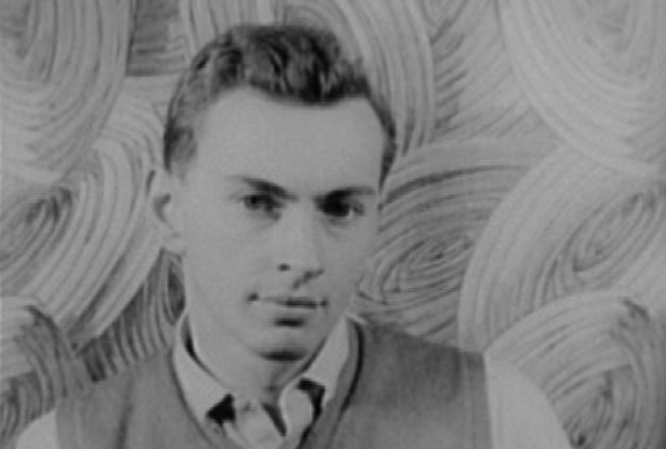 Carl Van Vechten, Wikimedia Commons
Carl Van Vechten, Wikimedia Commons
11. He Would Never Be Forgiven
Vidal’s novel, The City and the Pillar, was controversial even before the public could buy it. One of the editors at the publishing company said this to Vidal: You will “never be forgiven for this book”. Yikes, those are strong words. So what was the big deal about The City and the Pillar?
In it, Vidal dared to portray the life of a gay man as normal. Maybe that doesn’t seem like a big deal today, but in 1948, it meant punishment.
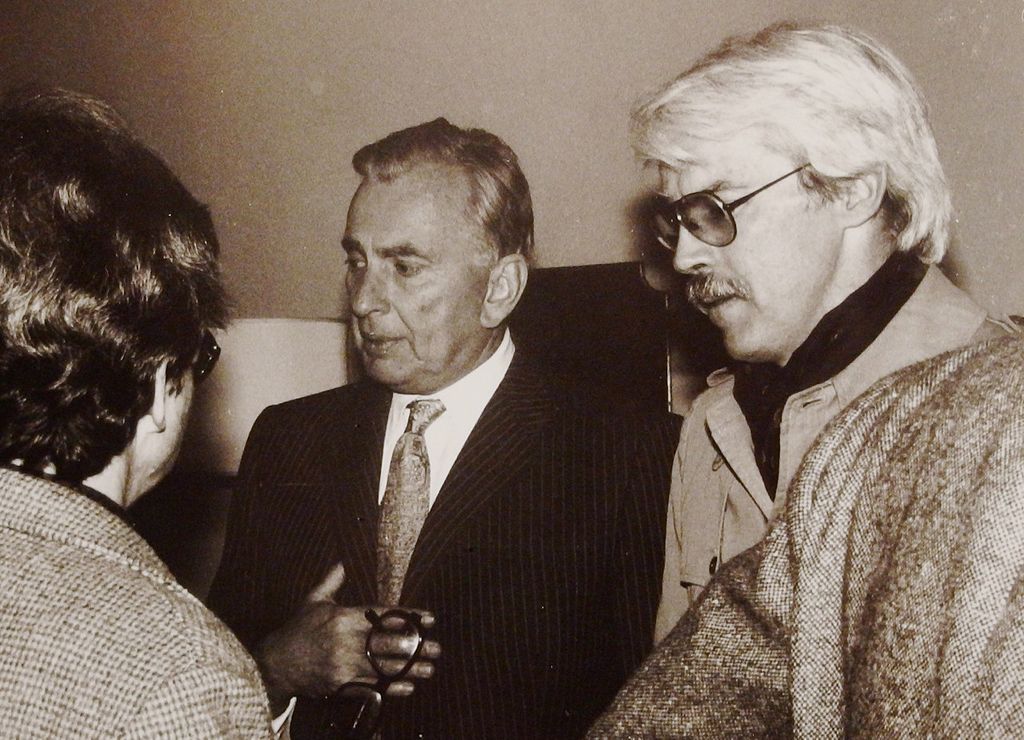 Sporcomutanda, CC BY-SA 3.0, Wikimedia Commons
Sporcomutanda, CC BY-SA 3.0, Wikimedia Commons
12. They Canceled Him
Vidal had written a book that many found entirely offensive. So what was the punishment? Well, actually it was nothing less than censorship. The New York Times flatly refused to advertise this book in its paper. But that was nothing. Other newspapers completely blacklisted Vidal for six excruciating years. This meant no reviews for any subsequent books written by Vidal during that period.
Was Vidal’s career over? Not by a long shot. Vidal was a very creative person, and he could be creatively sneaky if he had to be.
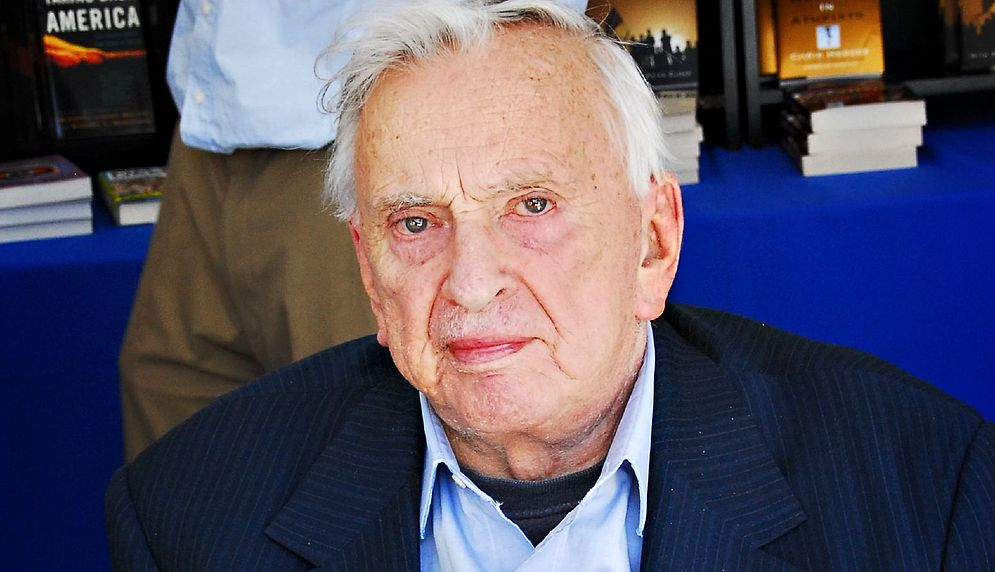 Mark Coggins, CC BY 2.0, Wikimedia Commons
Mark Coggins, CC BY 2.0, Wikimedia Commons
13. He Fooled Everyone
Vidal was in a serious bind. He loved writing, but his blacklisted name prevented him from doing it. Vidal decided to publish his books in spite of the blacklist, but publish them under a fake name: Edgar Box. He also cleverly changed what he wrote about. He dove into the genre of the mystery novel, which was a brilliant choice because no one would expect the intellectual Gore Vidal to write mysteries.
The plan would only work, however, if he could actually write good mysteries. As it turned out, he could. Vidal was writing again and earning some pretty serious coin. Writing, however, couldn’t take up all of Vidal’s time. In his spare moments, he went on the prowl.
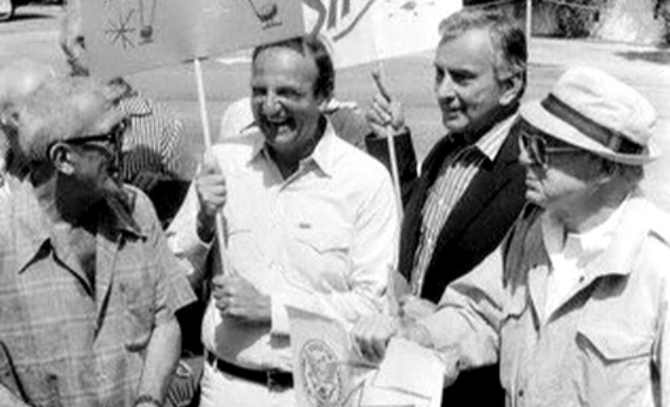 TinkerTailor, Wikimedia Commons
TinkerTailor, Wikimedia Commons
14. He Had A Very High Number
During his blacklisted era, Vidal had a lot of pent up energy to let out. At night Vidal would go out into the streets and bars of New York City in search of one thing: lovers. And let’s put it plainly: He wasn’t looking for long term relationships here. He was cruising—and he meant business.
Later in life, Vidal made a shocking claim: He said that before he turned 25 he’d had over 1000 encounters with strangers. He may have called them strangers, but you and I both know a few of them. His list of conquests include the not so surprising Rock Hudson and Noel Coward, but also Fred Astaire and tough guy actor Dennis Hopper.
Vidal also had an encounter with Hollywood royalty: with disastrous consequences.
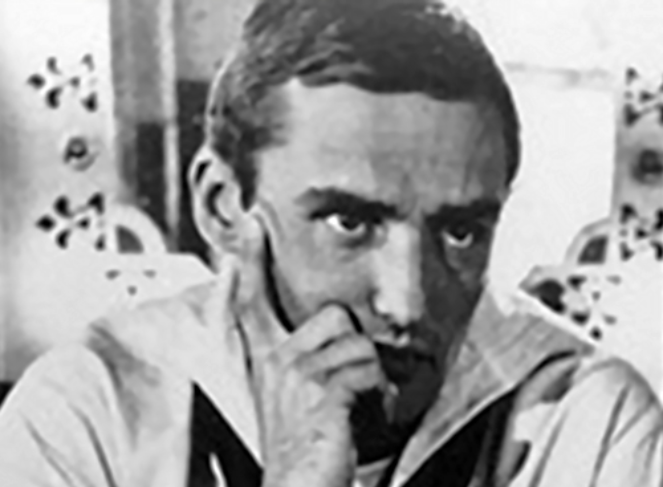 Unknown Author, Wikimedia Commons
Unknown Author, Wikimedia Commons
15. He Got In The Way
Everyone knows that Paul Newman and his wife Joanne Woodward were a rare thing: a Hollywood couple that, against all odds, lasted for 50 years. But did you know that the marriage almost didn’t happen because of Vidal? Before she married Newman, Woodward and Vidal had a relationship of sorts. At one point they even talked about marriage. Woodward later said the truth was that she was simply Vidal’s beard.
Vidal and Woodward soon came to their senses. She married Newman and Vidal went back on the prowl. Vidal had almost ruined an iconic Hollywood couple. Now it was time to sink his teeth into an iconic Hollywood movie.
16. He Made Him Gay
In the late 1950s a film was in the works that was going to be epic. This was Ben-Hur and there was a lot of talk about it even before filming started. They did, however, have one big problem: The script was awful. The producers turned to Vidal and asked him to breathe some life into their tired old Biblical film. Vidal, being Vidal, quickly wrote in a gay backstory for Charlton Heston’s character.
Excessively macho film star Heston playing gay you say? Sounds like a disaster in the making.
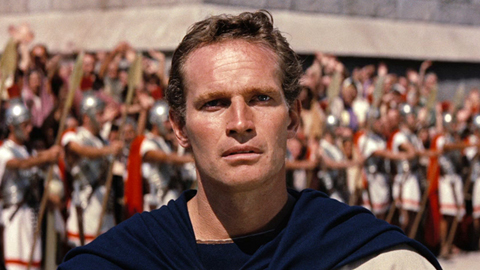 Trailer screenshot, Wikimedia Commons
Trailer screenshot, Wikimedia Commons
17. He Had To Keep It A Secret
Surprisingly, the producers agreed that the gay backstory worked for the film—but also agreed about something else: Heston would never do it. They told Vidal they would keep the idea but never, under no uncertain terms, should Vidal tell Heston about it. Heston’s costar—and secret on-screen lover—knew all about the gay backstory, but Heston went into filming without a clue.
Ben-Hur was a secret triumph for Vidal. His other writing, however, was about to take a huge hit.
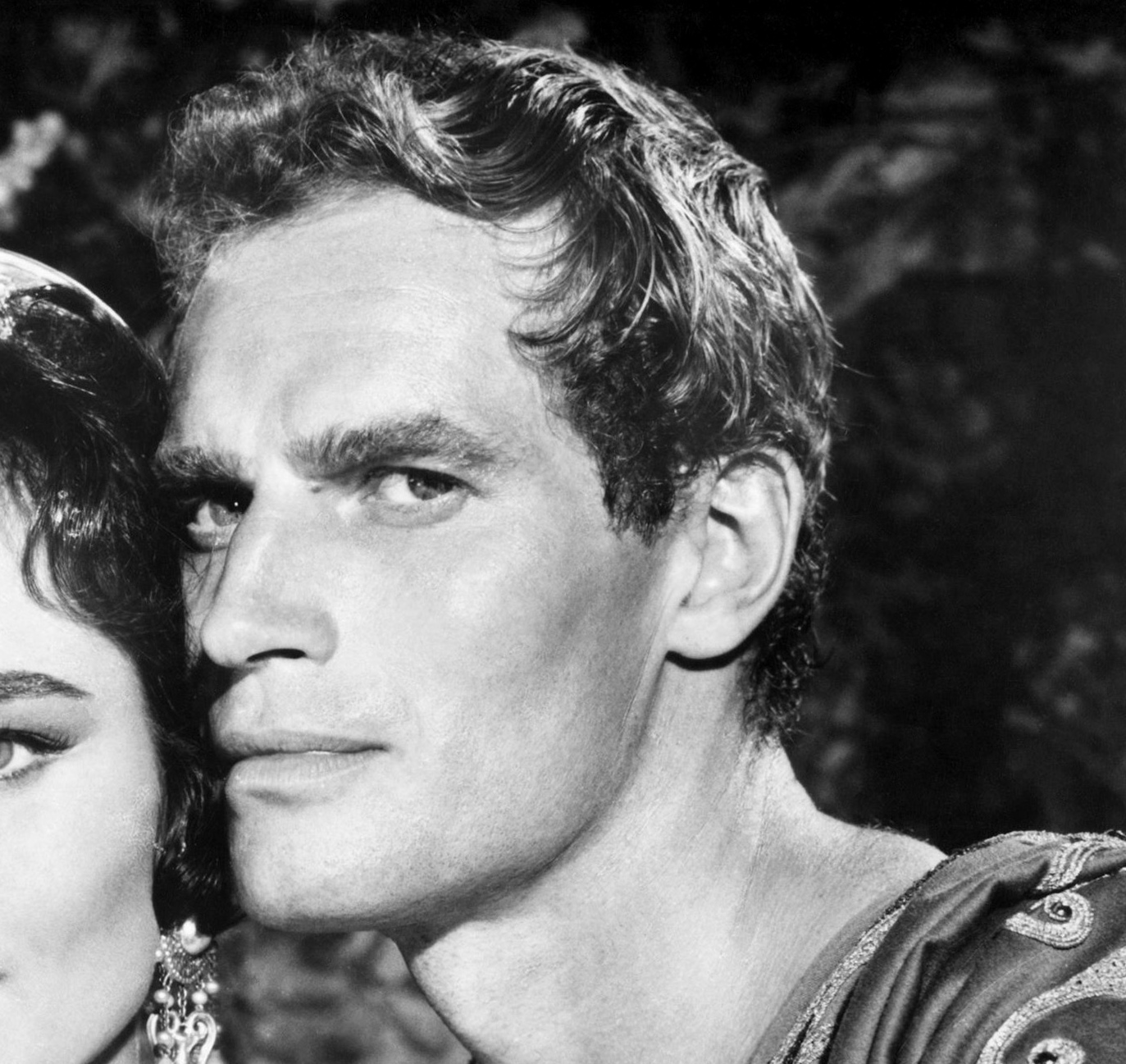 Unknown Author, Wikimedia Commons
Unknown Author, Wikimedia Commons
18. He Was In Bad Taste
In 1968, Vidal was again pushing the boundaries of what most Americans called good taste. The book was Myra Breckinridge, and the problem most readers had with it was that the titular character was transitioning from male to female. Not so enlightened critics compared the book to what was then called a “blue movie”, while others praised it for being wittily subversive.
The controversy eventually cooled down...but then Hollywood got the idea to make a film of it. Let’s see how that went.
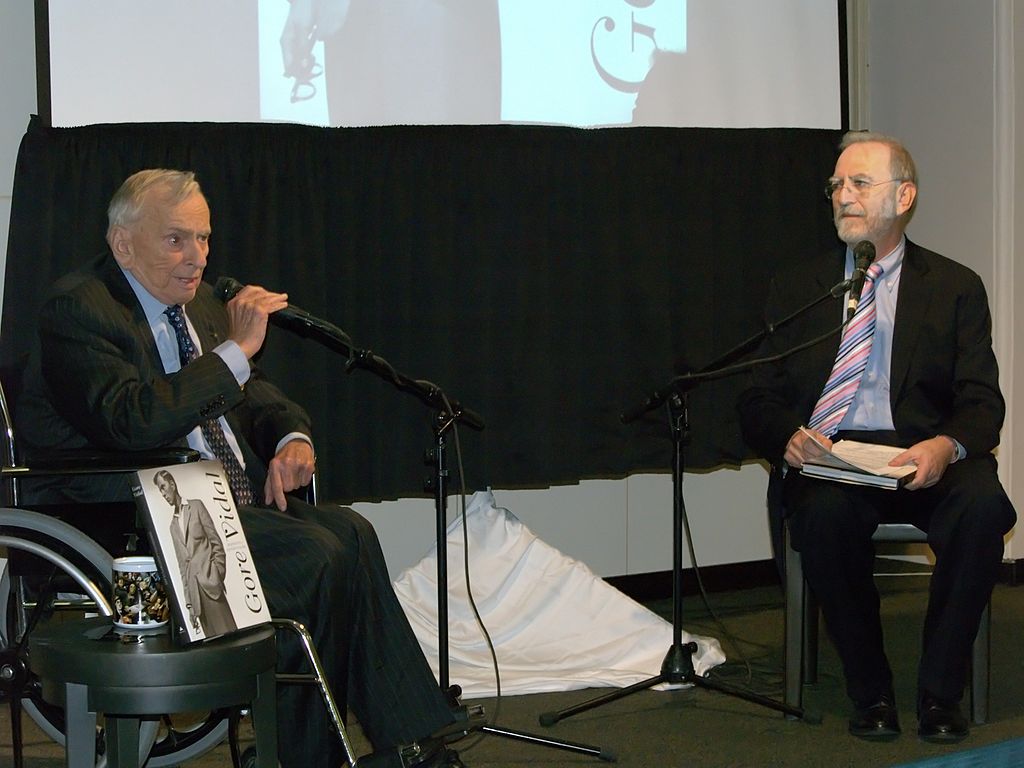 David Shankbone, CC BY 3.0, Wikimedia Commons
David Shankbone, CC BY 3.0, Wikimedia Commons
19. It Was Full Of Stars
Someone once said that bad books make good films, and you could say that the opposite is also true. So if Myra Breckinridge was a good book, the film…well, it was just terrible. There was no problem with the cast. There were stars like Raquel Welch, John Huston and future faces of TV Farrah Fawcett and Tom Selleck. The director, Michael Sarne, had just finished a hit movie and had great expectations about Myra Breckinridge.
There was a problem though: he foolishly wanted to rewrite Vidal’s script.
20. It Was An X
The filming of Myra Breckinridge, using the director’s new script, was basically a disaster; The film even more so. To make matters worse, the film received an X-rating. The Miami News nominated it as “the worst film ever”. Historian Leonard Maltin said it was “as bad as any movie ever made”. Of course everyone wanted to know what Vidal thought of it. He simply called the film “an awful joke”.
Would Vidal collapse and lick his wounds? Nope, he’d do the exact opposite of that.
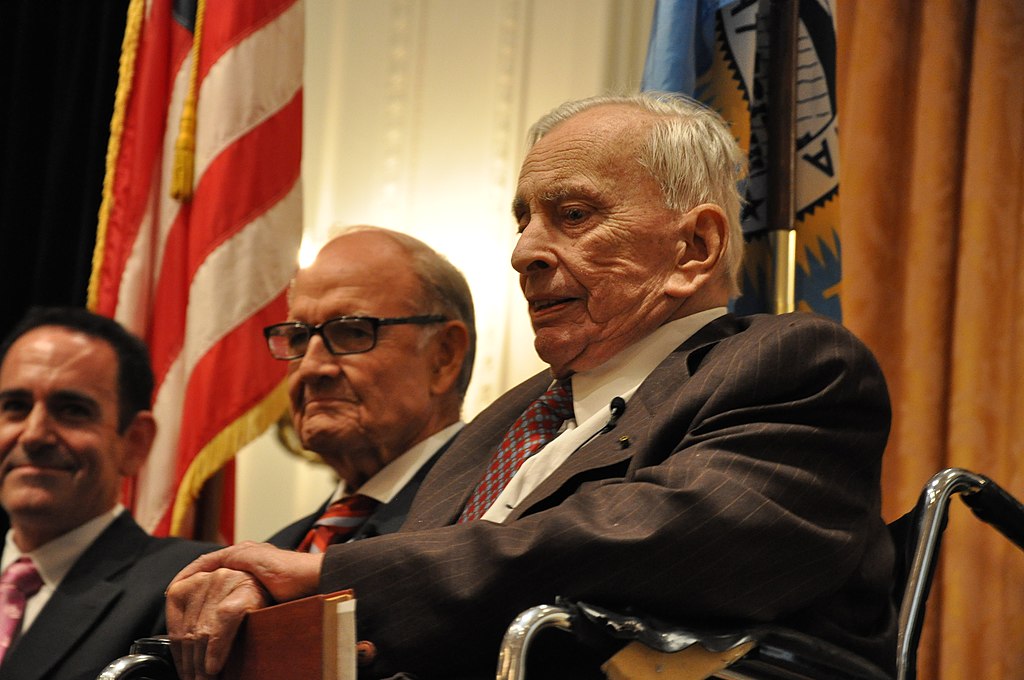 Scott Clarkson, CC BY-SA 3.0, Wikimedia Commons
Scott Clarkson, CC BY-SA 3.0, Wikimedia Commons
21. It Was Full Of Foul
Vidal didn’t let the disaster of Myra Breckinridge the film dissuade him from doing the last thing you’d expect: writing a sequel. This was simply called Myron and it created an immediate controversy. You see, before Vidal published Myron, the US Supreme court had made a new ruling about bad language.
They basically didn’t want any in books. With a book full of four letter words, Vidal had to do something: and it had to be spectacular.
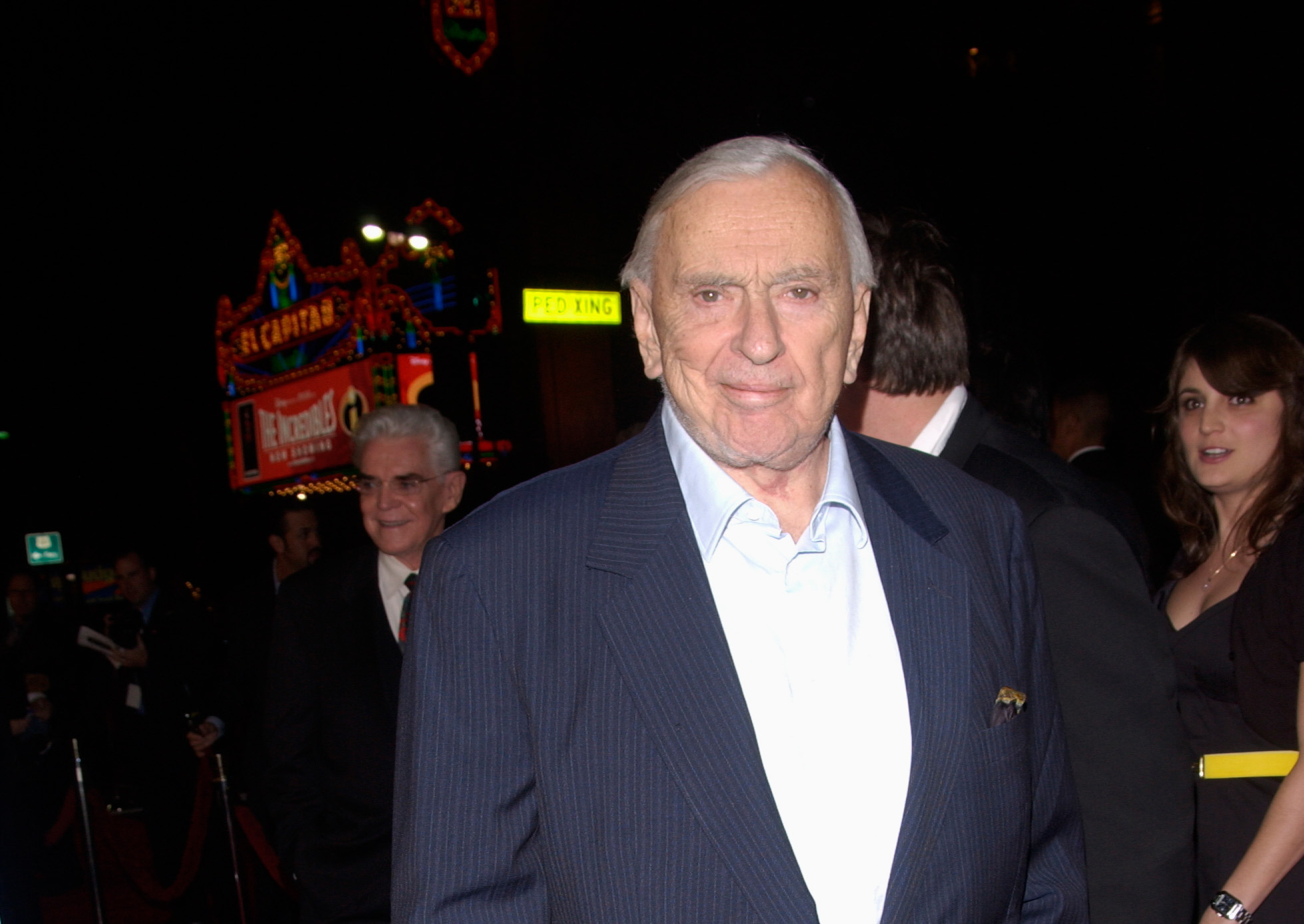 Featureflash Photo Agency, Shutterstock
Featureflash Photo Agency, Shutterstock
22. He Punked Them
Vidal desperately needed to avoid getting in trouble for the foul language in Myron. So, he carefully went through his book and replaced all the really nasty language. It was, however, what he replaced the words with that caused the controversy. He cheekily substituted the offending language with the names of Supreme Court Justices. As a further joke he also created a glossary of which name replaced which naughty word.
With this outrageous prank, Vidal had earned a reputation as the bad boy of American literature. Unfortunately he was going to have to fight to keep it.
23. He Was A Bad Boy
Vidal was enjoying his moment in the sun as the bad boy of literature. There was, however, another writer making a literary splash, and it bothered Vidal. This was Truman Capote, whose book Other Voices, Other Rooms was certainly as daring as Vidal’s. Like Vidal’s The City and the Pillar, Capote’s also had a gay character in it. While Vidal received a blacklist for his book, Capote’s book ended up on the bestseller lists.
Vidal could see Capote as nothing other than an enemy. And things were about to get ugly.
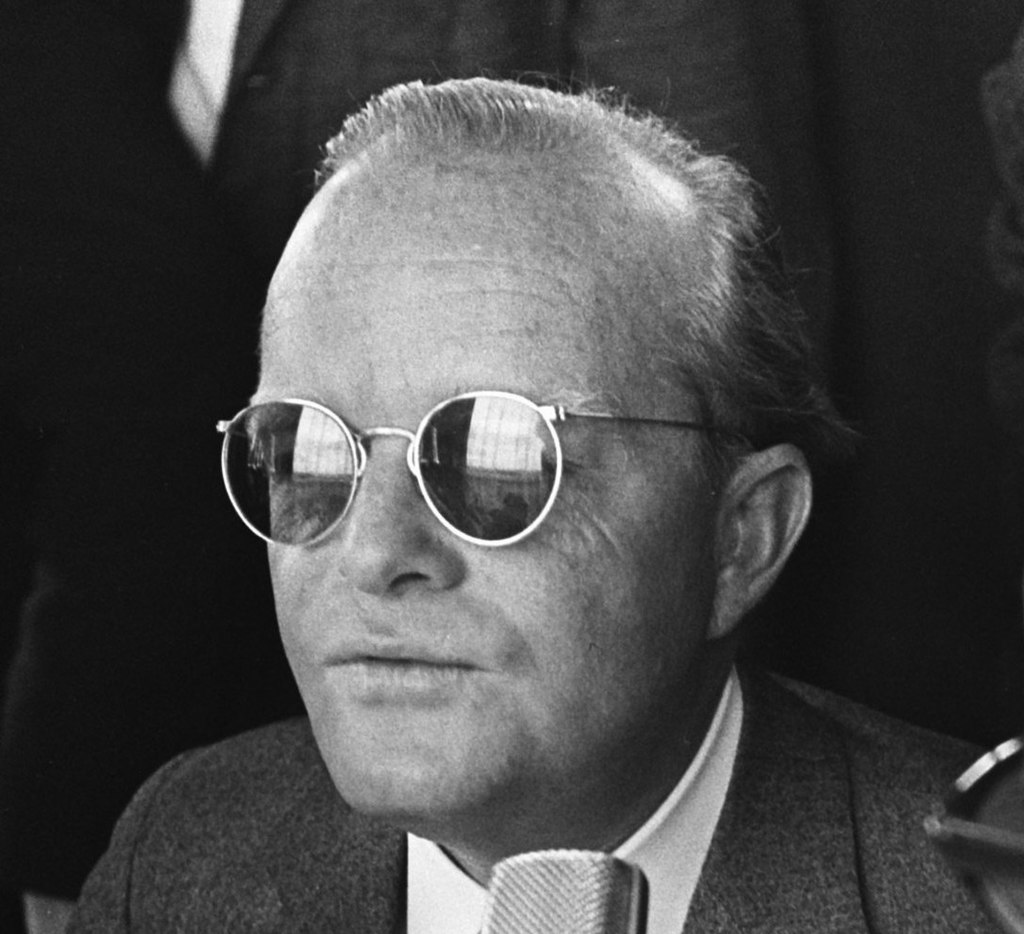 Eric Koch for Anefo, CC0, Wikimedia Commons
Eric Koch for Anefo, CC0, Wikimedia Commons
24. He Sat On Him
So, if Vidal hated Capote so much, why didn’t he just ignore him? Well, the literary world was incredibly small, and they just kept running into each other. In fact, Vidal loves to tell the story of the first time he met Capote. Vidal was at a party and saw an ottoman he wanted to sit on. When he sat down the ottoman shrieked. As it turned out, the ottoman wasn’t a piece of furniture, it was Capote.
Vidal says he wasn’t wearing his glasses, but I think it was pretty clear what he was doing: making fun of Capote’s short, squat stature. What happened next, however, sent Vidal’s loathing of Capote into overdrive.
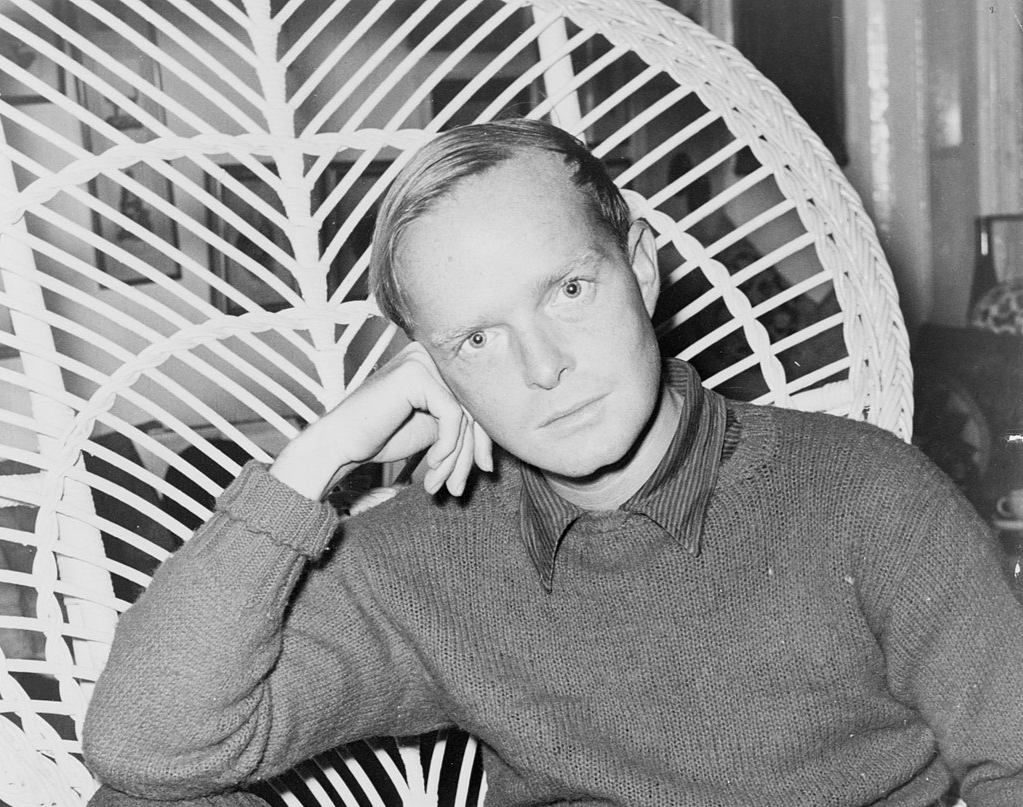 World Telegram & Sun photo by Roger Higgins, Wikimedia Commons
World Telegram & Sun photo by Roger Higgins, Wikimedia Commons
25. He Thought Size Mattered
How happy was Vidal when he learned that Life magazine was going to feature him in an article about the new generation of writers? I’d say over the moon. Of course, when he learned that Capote was also involved, he was completely deflated. Then the magazine came out and Vidal lost his mind. Why? Because the editors at Life decided to use a very small picture of Vidal and a large one of his enemy.
This feud was heating up, and it was Capote’s turn to strike.
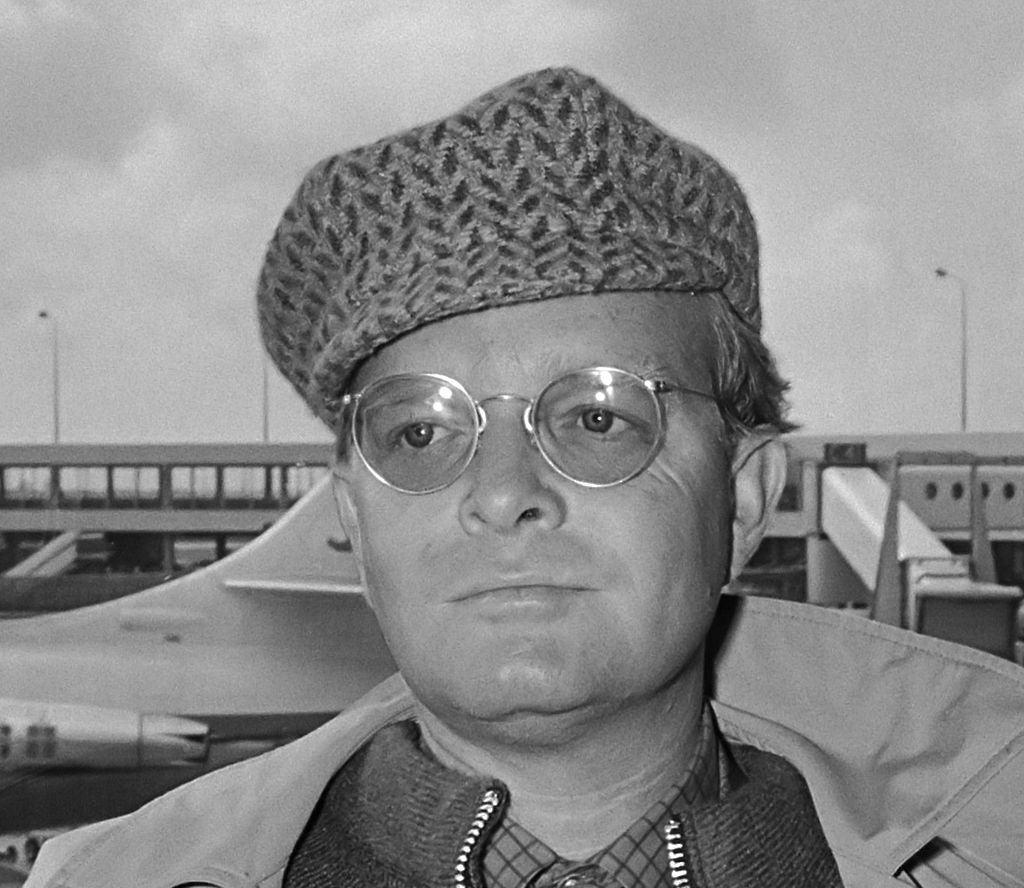 Eric Koch for Anefo, CC0, Wikimedia Commons
Eric Koch for Anefo, CC0, Wikimedia Commons
26. He Threw Him Out
In the 1960s, Capote told Playgirl magazine that Bobby Kennnedy had aggressively thrown Vidal out of the White House because of Vidal's inebriated and disagreeable state. Vidal knew that wasn’t true. Unfortunately, he also knew that the truth was just as embarrassing as Capote’s lie. The reality was that Kennedy had gotten angry because he didn’t like how intimate Vidal got to his sister-in-law, Jacqueline Kennedy. There was an argument and Vidal stormed out.
No matter how you sliced it, Vidal was in a bind.
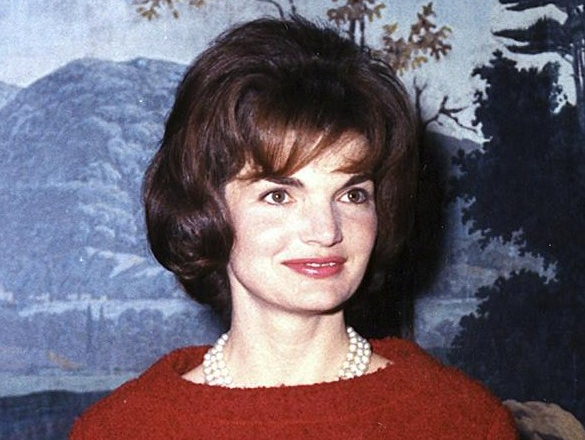 Robert Knudsenderivative, Wikimedia Commons
Robert Knudsenderivative, Wikimedia Commons
27. He Took Him To Court
Even though Capote's lie was much tamer than the truth, Vidal was still furious. He was so angry that he took his rival to court. The case went on for so long that when Vidal finally won, Capote was broke. There was nothing for Vidal to get from the case but his dignity. Years later, however, Vidal would have the last, and very morbid, laugh.
When Capote’s overuse of certain substances brought about his demise, all Vidal had to say was this: “A wise career move”. If you think Vidal was a single feud kind of guy, think again. His enemies were lining up like toy soldiers.
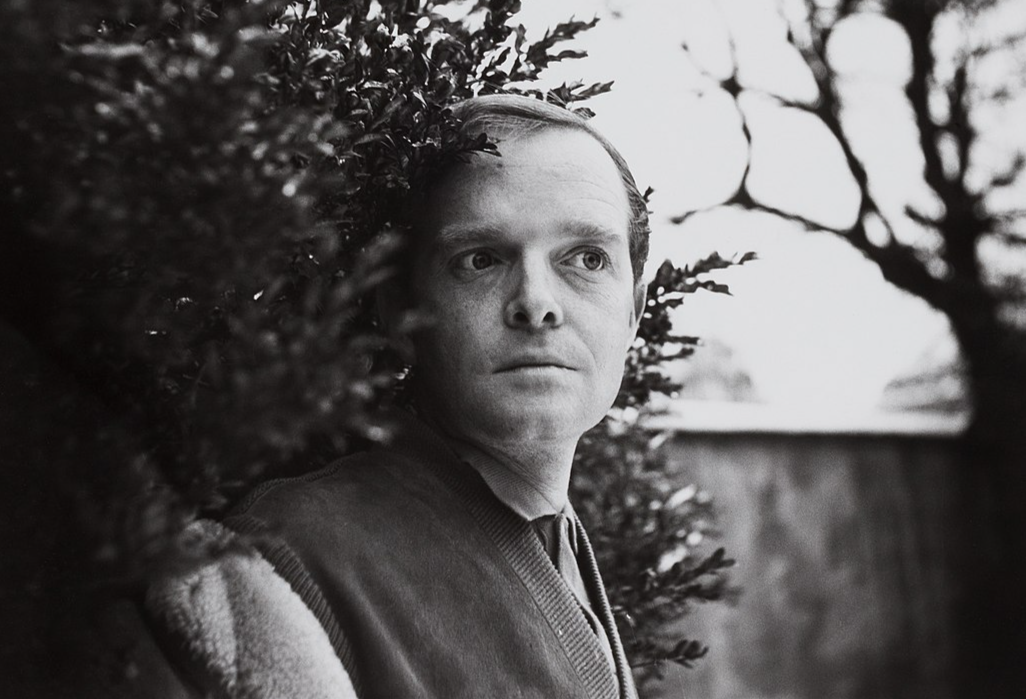 Barbara Niggl Radloff, CC BY-SA 4.0, Wikimedia Commons
Barbara Niggl Radloff, CC BY-SA 4.0, Wikimedia Commons
28. It Was A Mutual Hate
Vidal’s feud with Capote may have been because the two men had too much in common. Vidal’s next rival was the opposite. William F. Buckley was extremely conservative, a Catholic, and had an annoying upper class accent. In short, he was everything that Vidal hated about America. And I think it would be safe to assume that Buckley felt the same way about Vidal.
So, what on earth would bring these two men together? A debate.
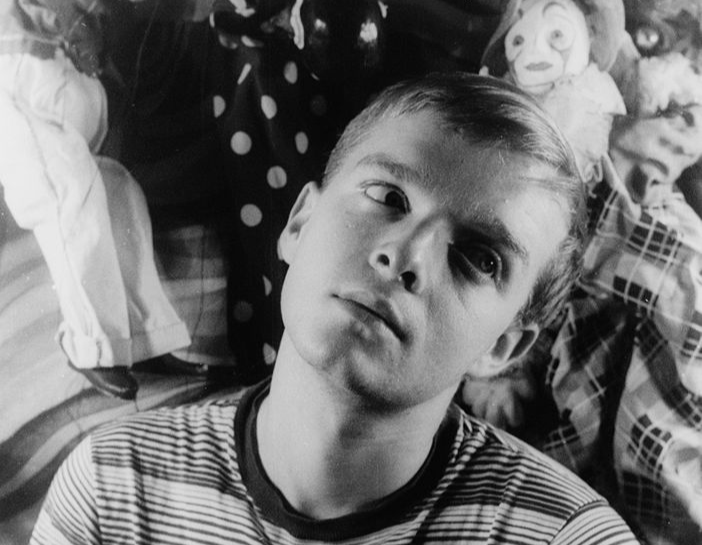 Carl Van Vechten, Wikimedia Commons
Carl Van Vechten, Wikimedia Commons
29. It Was Hot
This was the late 1960s and temperatures were running high in America. The President had just asked for almost 50,000 new soldiers to go to Vietnam—many to never come home. There was also the violent loss of two public figures: Martin Luther King and Bobby Kennedy. America looked to its smartest members for guidance.
Unfortunately they looked to Vidal and Buckley: two sworn enemies. This wasn't going to end well.
 Stanley Tretick, Wikimedia Commons
Stanley Tretick, Wikimedia Commons
30. He Went Into Training
What America wanted from Vidal and Buckey was a conversation about America’s problems. This, however, was not going to be just a casual conversation. No way. This was 10 debates, and they were going to be on prime time TV. Vidal trained for the event as if it were the Olympics. Instead of doing physical exercise, he got ready with his facts, with his statistics and—more importantly—with his insults.
America expected him to come out fighting. Vidal had no intention of disappointing them.
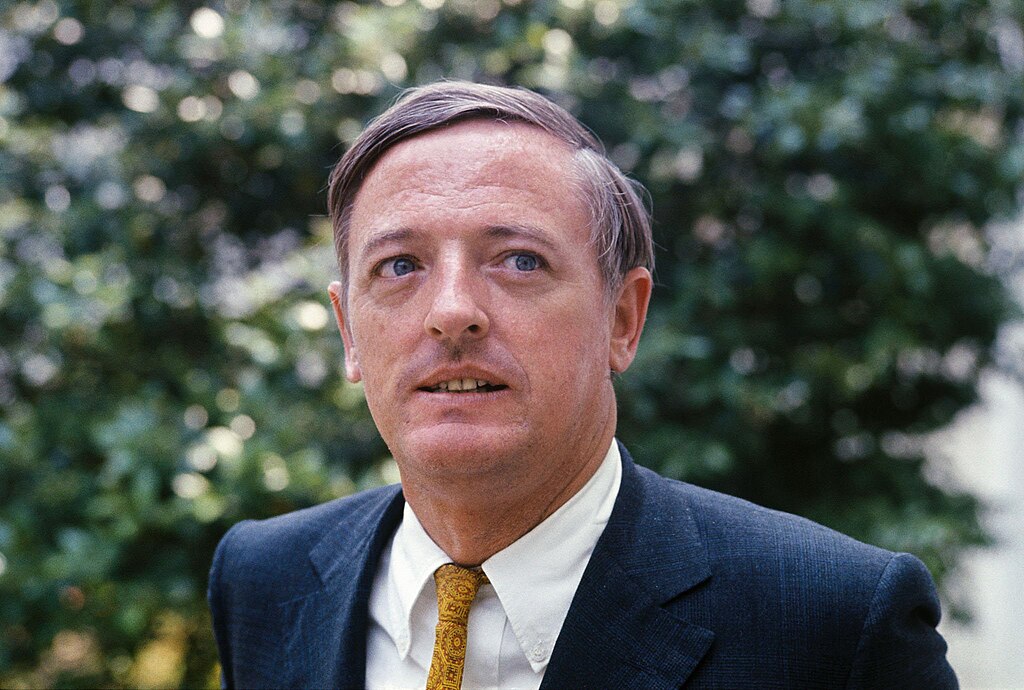 Unknown Author, Wikimedia Commons
Unknown Author, Wikimedia Commons
31. He Was A Bad American
Ten million viewers sat down to watch these debates and both Vidal and Buckley felt the extreme pressure to perform. Buckley came out blazing with the fact that Vidal was living in Rome. What kind of American lived in Europe when things at home were so dire? He then suggested that Vidal was corrupting America with his filthy books full of four letter words.
Buckley was creating a monster. He was saying that Vidal was a bad American. Now it was Vidal’s turn to throw some punches.
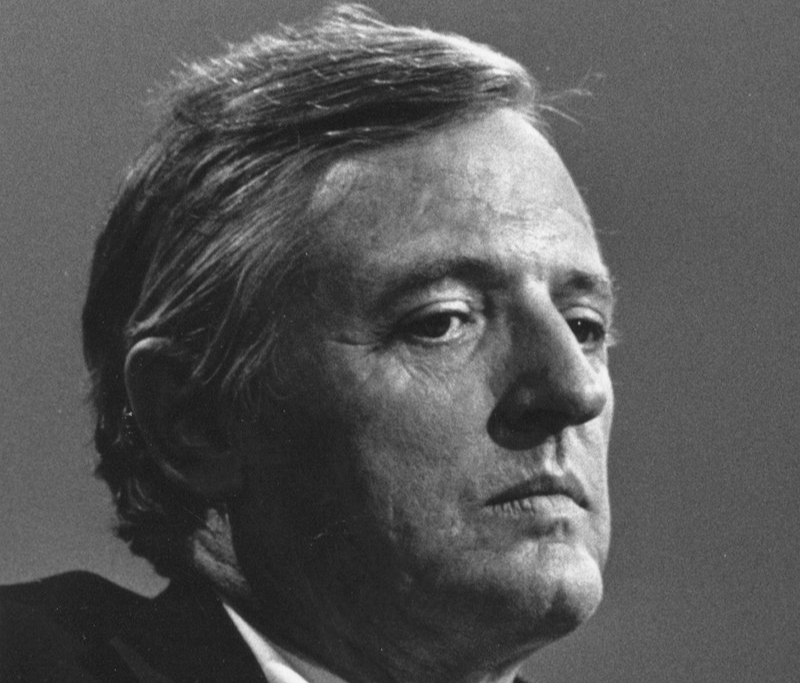 Unknown Author, Wikimedia Commons
Unknown Author, Wikimedia Commons
32. He Opened With An Insult
Vidal opened this round of the debate with an insult: He called Buckley “passionate but irrelevant” and that he had a “bloodthirsty neurosis”. That’s when the daggers came out. When Buckley hinted that Vidal was gay, Vidal went one step further and called Buckley a “closet queen”.
Yes they’d devolved into good old fashioned name calling, and America was lapping it up.
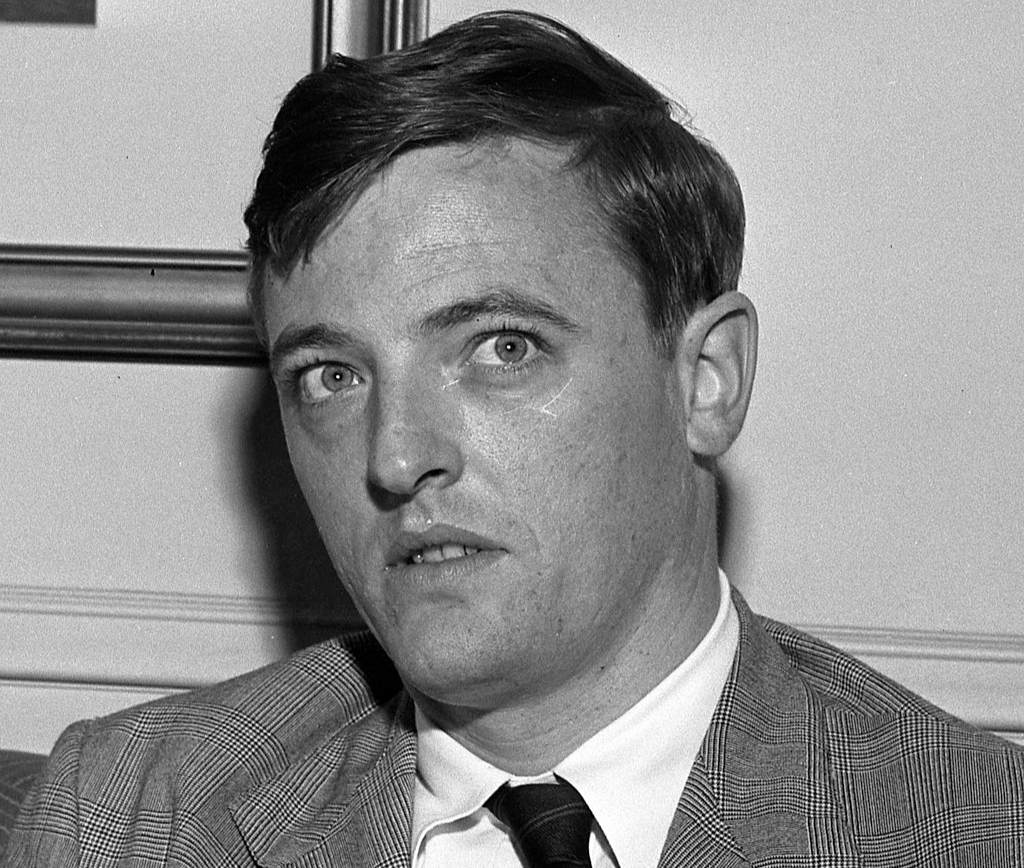 Los Angeles Daily News, CC BY 4.0, Wikimedia Commons
Los Angeles Daily News, CC BY 4.0, Wikimedia Commons
33. It Got Hotter
On the day of the seventh debate between Vidal and Buckley, the worst happened: a riot broke out. One protester had lowered the American flag in a park, and riot officers flooded the area, throwing tear gas and bashing heads with batons. By the 10th and final debate, America was in turmoil.
Over 10,000 people had gathered outside the studio in Chicago where the debate took place. Inside the studio things were about to get much, much hotter.
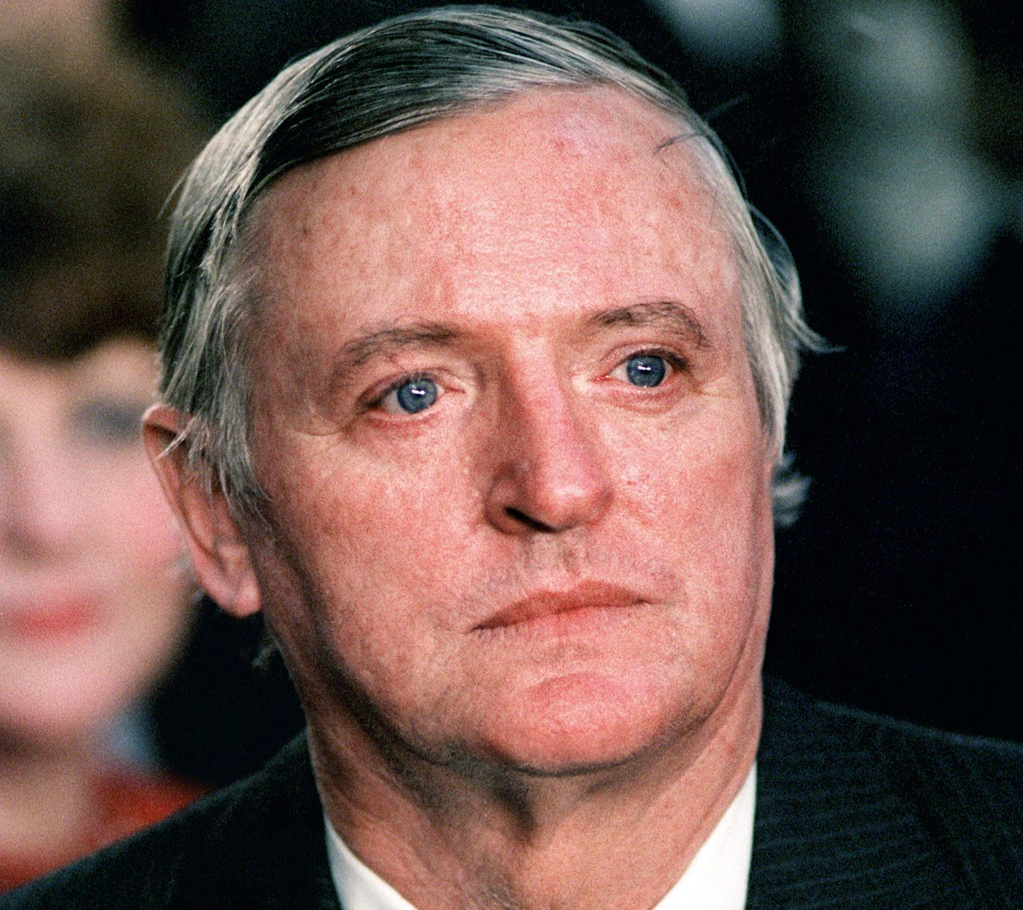 SPC 5 Bert Goulait, Wikimedia Commons
SPC 5 Bert Goulait, Wikimedia Commons
34. He Brought His A-Game
Vidal launched the tenth debate with his A-game. He compared Buckley to a member of the Third Reich in Germany. It was as if Vidal had punched him in the face. Buckley looked deep inside and came back with his own insult. He called Vidal “queer”.
Before Vidal could respond, Buckley gave Vidal a warning: He was going to punch Vidal in the face. How had these two intellectuals come to this? It was like a schoolyard tussle that TV viewers could not turn away from.
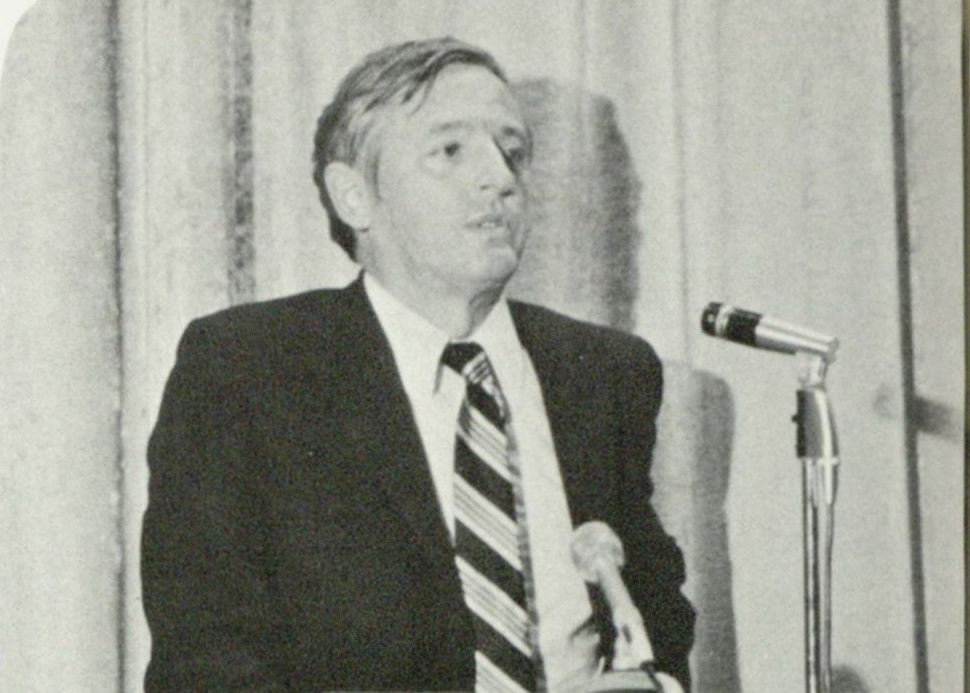 Unknown Author, Wikimedia Commons
Unknown Author, Wikimedia Commons
35. He Sent Him Down Under
So, what was the outcome of the debates between Vidal and his enemy Buckley? Well everyone went to court to try and figure out which insult was the worst, and who should receive the biggest settlement. At the end of the agonizing trial, the result was a disappointment: no one actually won. This feud needed closure, but how?
As luck would have it, Buckley suddenly passed from a heart attack, which gave Vidal the last word—and it wasn’t kind. Instead of sending his rival off into heaven, he wished him a pleasant trip in the...opposite direction. Once again, Vidal had sent his enemy to an early grave. Could he be that lucky a third time?
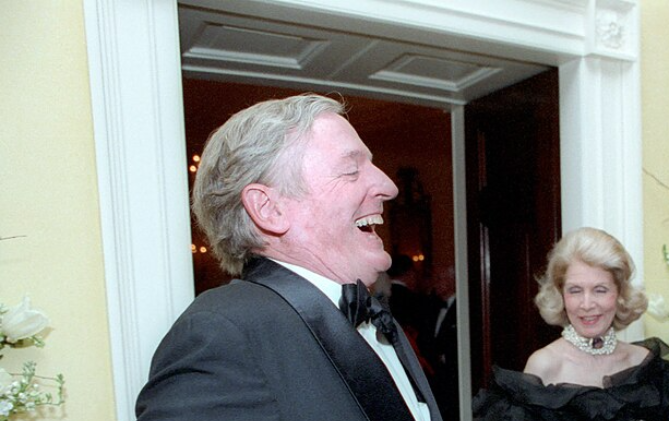 White House Photographic Collection, Wikimedia Commons
White House Photographic Collection, Wikimedia Commons
36. He Was Jealous
Another feud Vidal had was with author Norman Mailer. Just like with Capote, it started out of jealousy. Mailer and Vidal had both written books about WWII. Mailer’s book was a bestseller and Vidal’s was…well…appreciated by a few. Mailer then wrote an anti-feminist book, and Vidal had the task of reviewing it.
Sneakily, Vidal was going to use his review to wreak havoc on Mailer’s character. To really get at Mailer, Vidal immediately went for the jugular.
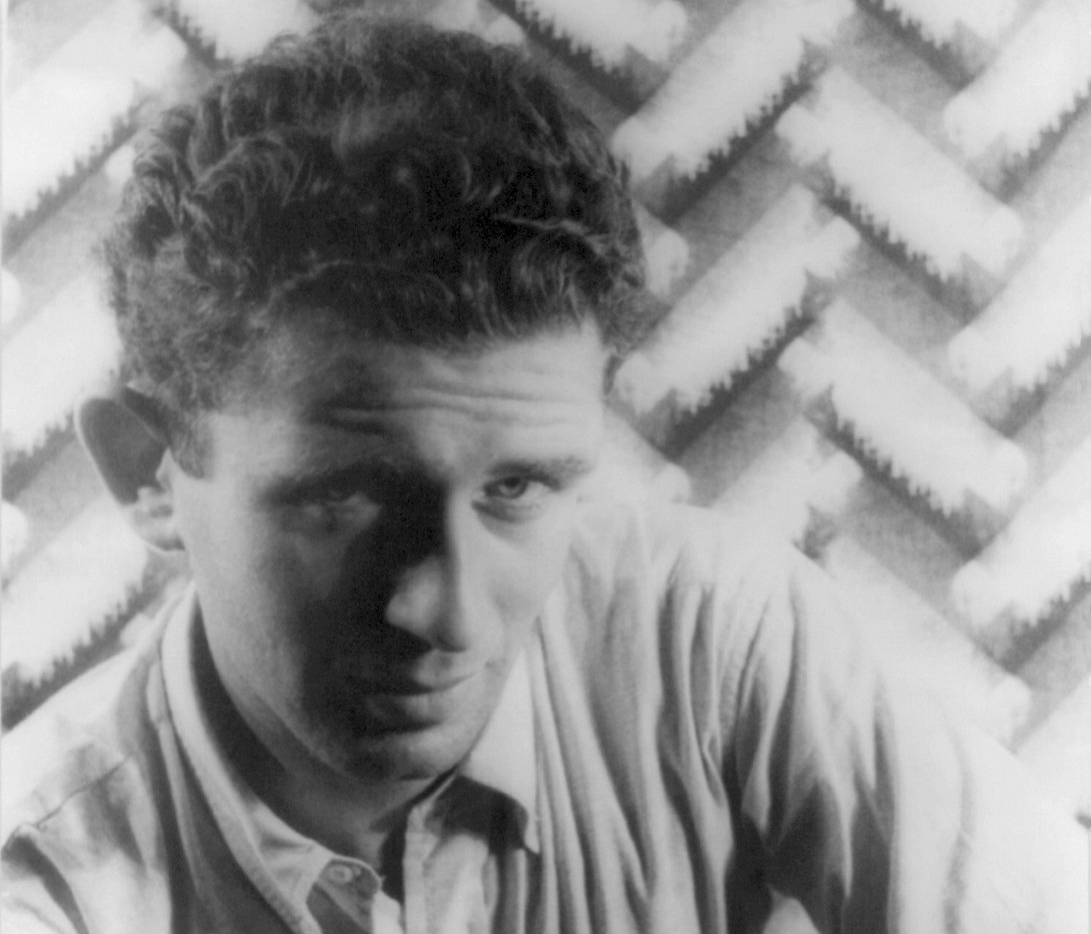 Carl Van Vechten, Wikimedia Commons
Carl Van Vechten, Wikimedia Commons
37. He Created A Monster
Vidal really wanted to take Buckley down. He did this by creating a monster he called M3. This was made up of three men whose names start with M. He chose Henry Miller, who had a very questionable relationship with women, and, more damaging, cult leader and killer Charles Manson. Mailer, of course, was the third M, and he was beyond furious.
Vidal had certainly gone too far. All he had to do now was wait fearfully for Mailer’s response—and Normal Mailer was not what anyone would call a "stable" man.
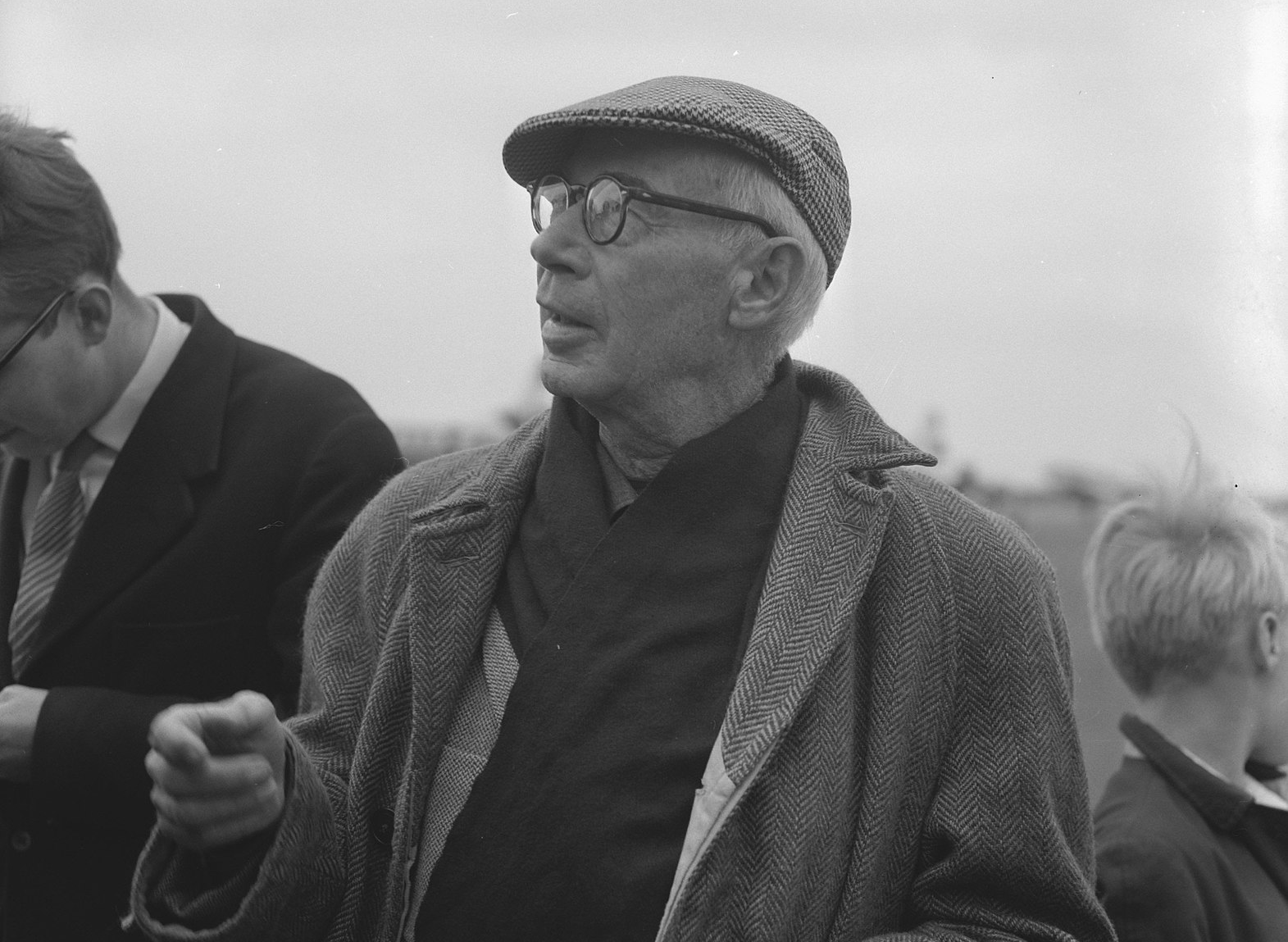 Wim van Rossem for Anefo, Wikimedia Commons
Wim van Rossem for Anefo, Wikimedia Commons
38. He Touched Him
Vidal was about to come face to face with his enemy and it was going to be a showdown. Controversial talk show host, Dick Cavett invited both Vidal and Mailer on his show. The two men got into a tussle even before they got in front of the cameras. When Vidal saw Mailer in the green room, Vidal did a very simple thing: he put his hand on Mailer’s neck.
Mailer misinterpreted the move as aggressive, and countered by swiping Vidal on the cheek. What followed was a slap per slap duel that only ended when Mailer headbutted Vidal in the face. If this was backstage, what would happen when the cameras started rolling?
 John Mathew Smith, CC BY-SA 2.0, Wikimedia Commons
John Mathew Smith, CC BY-SA 2.0, Wikimedia Commons
39. He Had A Beef
Once these two men were in front of the cameras, Mailer had a major beef to air with Vidal. He wanted Vidal to stop talking about how Mailer had stabbed his own wife. Well, the truth was Mailer had indeed stabbed his wife, and everyone knew he had.
The more red hot angry Mailer got, the cooler Vidal stayed. Vidal’s plan was to make Mailer look like a thug, and it worked. This was, however, only round one.
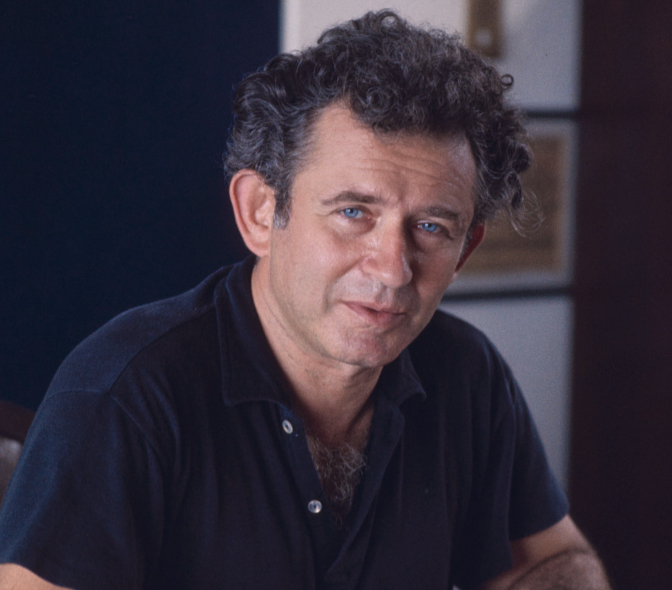 Gotfryd, Bernard, Wikimedia Commons
Gotfryd, Bernard, Wikimedia Commons
40. He Got A Drink In the Face
Vidal managed to avoid Mailer for a few years—until they ended up at the same party in 1977. Vidal arrived at the Princess Margaret hosted New York City party with his partner Howard Austen. The way Austen remembers it, Vidal was enjoying talking to friends and Mailer walked right up to him and called him an “old Jew”.
Vidal tried to ignore him. That just made Mailer even angrier. Mailer then tossed his drink right in Vidal’s face and punched him. Vidal remained calm and replied with this witticism: “Norman. Once again words have failed you”.
By this point we hope that Vidal was a little long in the tooth for another feud. Not a chance.
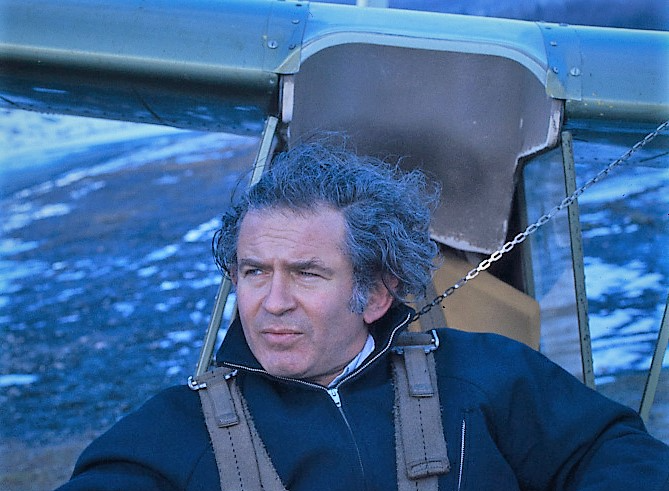 Gotfryd Bernard, Wikimedia Commons
Gotfryd Bernard, Wikimedia Commons
41. He Was A Fan
All of Vidal’s feuds seem to have something different about them. He feuded because he disagreed with someone, he feuded if he was jealous of someone. What happened with British author—and Oxford student—Christopher Hitchens, however, was completely different: Hitchens was Vidal’s biggest fan.
When Vidal started giving Hitchens nicknames like “Hitchy-Poo”, “The Poo” and “Vidal-Minor” things took a turn for the worse.
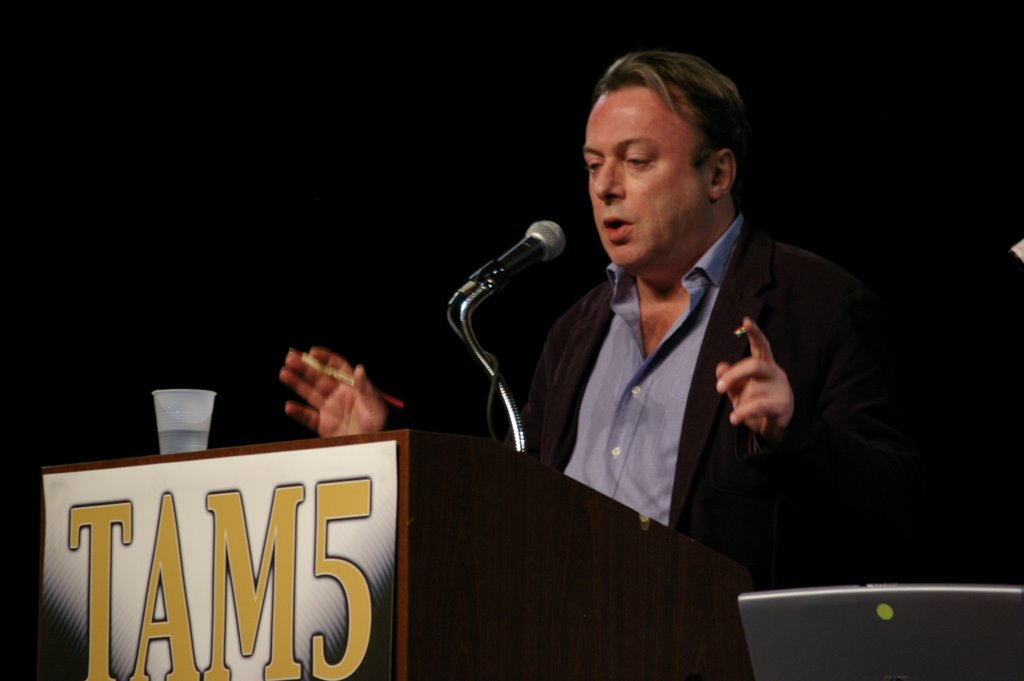 ensceptico, CC BY 2.0, Wikimedia Commons
ensceptico, CC BY 2.0, Wikimedia Commons
42. He Called Him Crazy
There was an ocean between the American Vidal and UK-based Hitchens. That, however, got eliminated when Hitchens left England and came to the States. Hitchens' first move was to announce his views of the US invasion of Iraq. To Vidal’s shock, Hitchens supported it. Vidal then gave a scathing review of the invasion, and of President George Bush as well.
This prompted Hitchens to write a piece about Vidal, and he stated his message simply in the title. He called it “Vidal Loco”. Once again, these so-called intellectuals had resorted to name calling. Was this going to be another one of those drawn out feuds? Not quite.
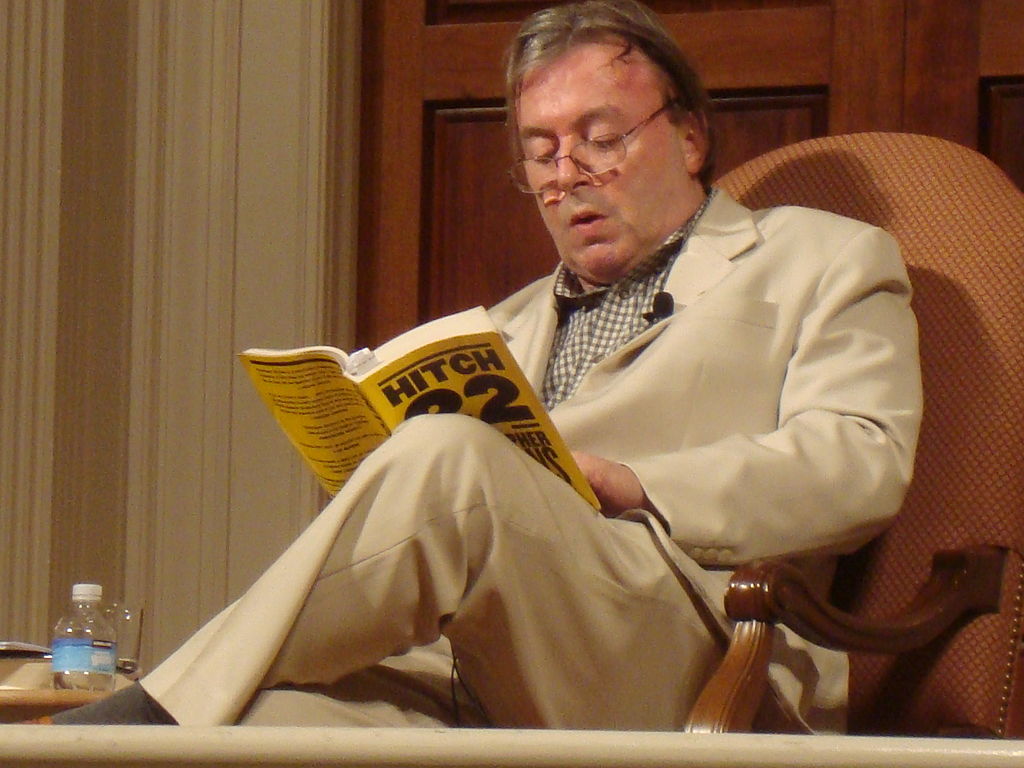 meesh from washington dc, CC BY 2.0, Wikimedia Commons
meesh from washington dc, CC BY 2.0, Wikimedia Commons
43. It Ended Abruptly
Remember, Vidal had ultimately won his feuds by simply outliving his rival and getting the last nasty word in at the funeral. Obviously this wasn’t going to work this time, as Hitchens was almost a quarter of a century younger than him. Well, actually…don’t be so sure.
Hitchens passed at the early age of 62, and this feud was over before it really began. There was, however, a lot more to Vidal’s life besides the feuds. There were also some really, really wild parties.
 Ari Armstrong, CC BY-SA 3.0, Wikimedia Commons
Ari Armstrong, CC BY-SA 3.0, Wikimedia Commons
44. He Was The Pope
Remember, when Vidal was still a teenager he’d fallen in love with Italy. Vidal eventually bought a home there and he surrounded himself with beauty. The home had the name La Rondinaia and it hung from a cliff in Ravello, on the Amalfi coast. This was not, however, a place to get away from it all.
It was here that Vidal hosted his steamy and star studded parties. It was never unclear who the host was. In fact, guests at the house often referred to Vidal as the “Pope of Ravello”, and kissed his ring upon arriving. Vidal may have been the Pope of Ravello, but what happened at his home was far from holy.
 Deror_avi, CC BY-SA 4.0, Wikimedia Commons
Deror_avi, CC BY-SA 4.0, Wikimedia Commons
45. He Satisfied Her
One of the constant visitors at La Rondinaia was Princess Margaret. One day, when Vidal noticed that the princess was in a foul mood, he had an idea to brighten her day. He arranged for a boat and then arranged for something else: a hot, Italian man. Princess Margaret went out on the boat with the man and came back in a much, much better mood.
Vidal seemed to have an obsession with Italian men, but where did this start?
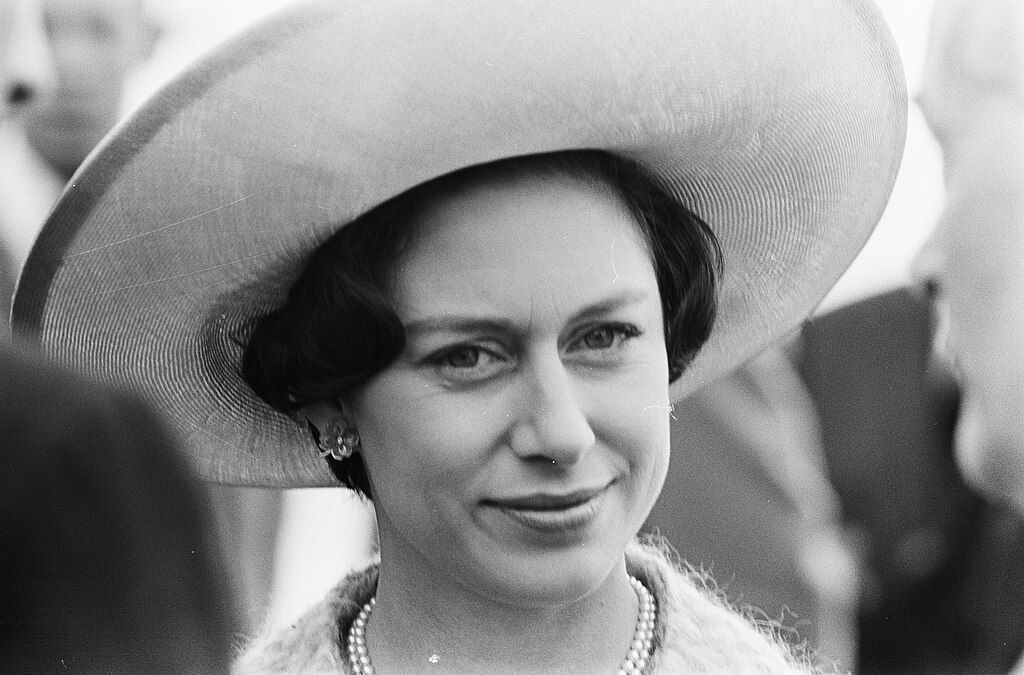 Eric Koch for Anefo, CC0, Wikimedia Commons
Eric Koch for Anefo, CC0, Wikimedia Commons
46. They Surrounded Him
Vidal had come to Rome back in the 1960s to do research for a book. He went to the library by day, but night was a different story: he searched for men. He later said that the city was “a very good place to meet really attractive young guys willing to do anything”.
When Vidal pulled up in his Jaguar convertible, the young men flocked to it. While it was the car that attracted the men to Vidal, it was something else that kept them coming: cold hard cash. Vidal had no shame about this, he enjoyed paying the men for their company.
But wasn’t this just a shallow hedonistic pursuit? Yes—but Vidal also had true love in his life.
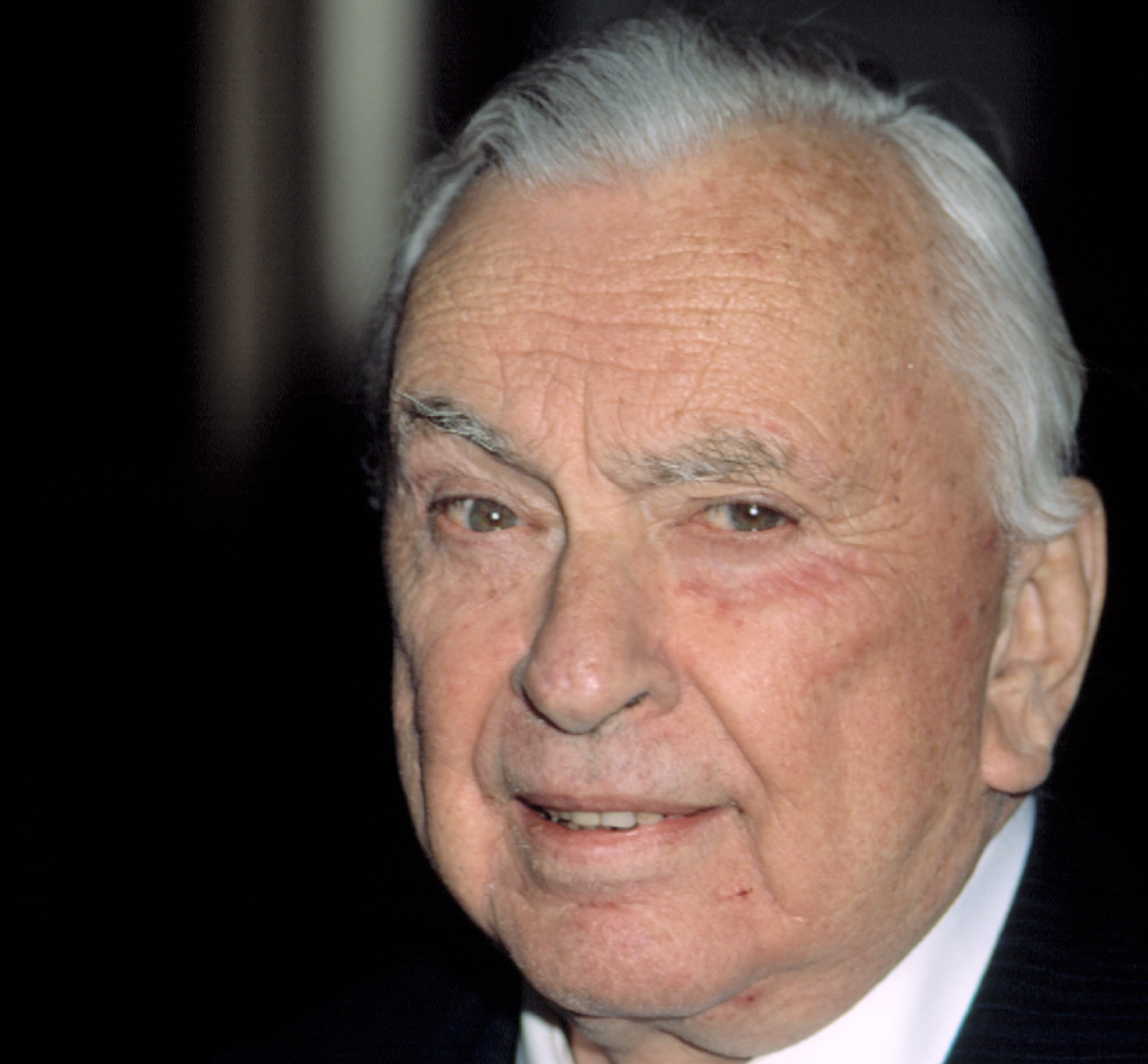 Everett Collection, Shutterstock
Everett Collection, Shutterstock
47. They Never Did It
One thing about Vidal often surprises people: He actually had the same partner for over 50 years: Howard Austen. According to Vidal, one reason the couple lasted so long is quite simple: They had never slept together—not once. They kept separate bedrooms at La Rondinaia where each of them hosted the many men—mostly hustlers—that they brought home to enjoy. Vidal seemed to have it all: a partner for intimacy and a group of men for fun.
He would have gone on like this forever—but then tragedy struck.
48. He Had To Stop
Eventually the Italian partying had to stop. A wake up call arrived in 1999 when Austen got a diagnosis from his doctor: he had lung cancer. Vidal was absolutely floored. He rashly responded by closing up the house in Italy, hiring a private jet, and taking Austen back to the US for treatment. After an exhausting ordeal, Austen sadly passed in 2003. Vidal, who rarely showed emotion, seemed completely devastated.
Sadly, to soothe his broken heart, Vidal turned to the bottle. Vidal’s life without his angel Austen was devastating.
49. He Had Some Favorite Words
Years of heavy drinking did not do wonders for Vidal’s health. It was on July 31, 2012, that Vidal sadly passed due to pneumonia. He was 86 years old. He chose to spend eternity next to his partner Austen in Rock Creek Cemetery in Washington DC. While he didn’t have it on his gravestone, it might have been fitting to immortalize what Vidal thought were the most beautiful words in our language: “I told you so.”
It would have given him the last word.
 Cliff from Arlington, CC BY 2.0, Wikimedia Commons
Cliff from Arlington, CC BY 2.0, Wikimedia Commons
50. He Had An Angel And A Devil
Gore Vidal was certainly a complicated man, and we are left to wonder why. Yes, he had an angel in his life: Austen. However, he’d also had a devil for a mother. In spite of this, Vidal lovingly kept a photo of her on the table in his house. Once a friend commented on the photo, and then the next day the friend noticed something strange: Vidal had taken the photo away.
It could be that Vidal’s most complex feud was with his mother: one that he never resolved.
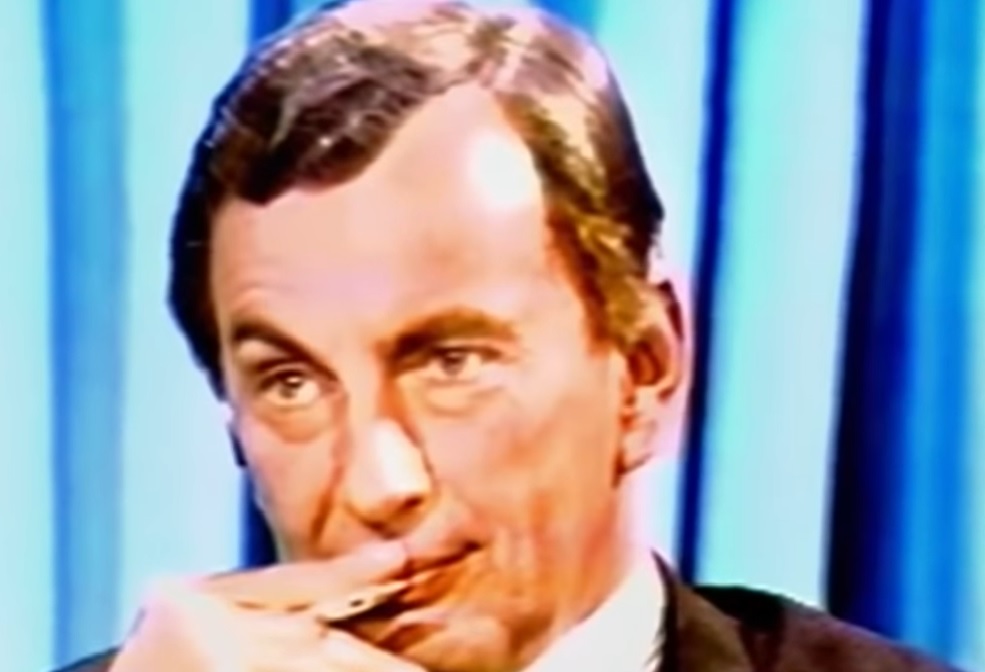 Audax Films, Gore Vidal: The United States of Amnesia (2013)
Audax Films, Gore Vidal: The United States of Amnesia (2013)


